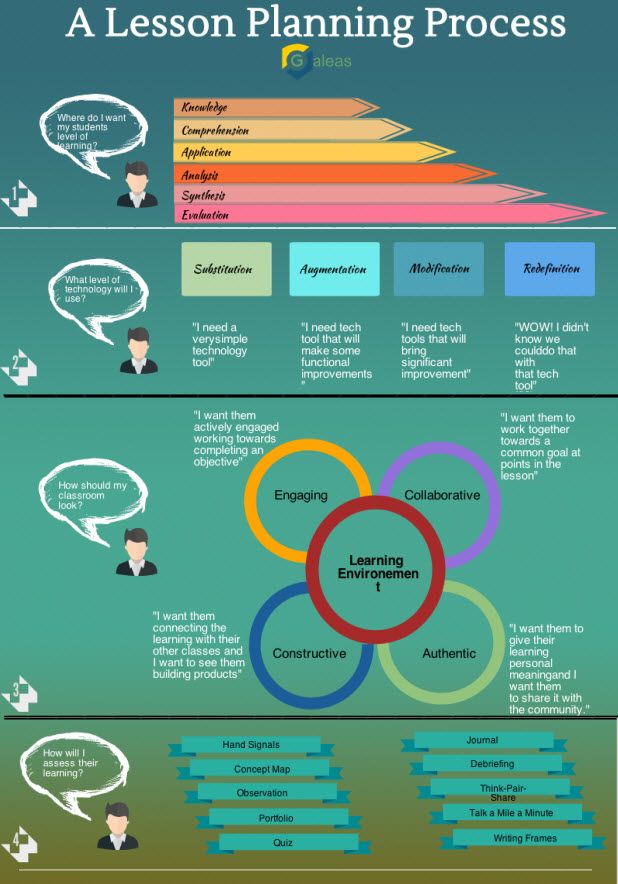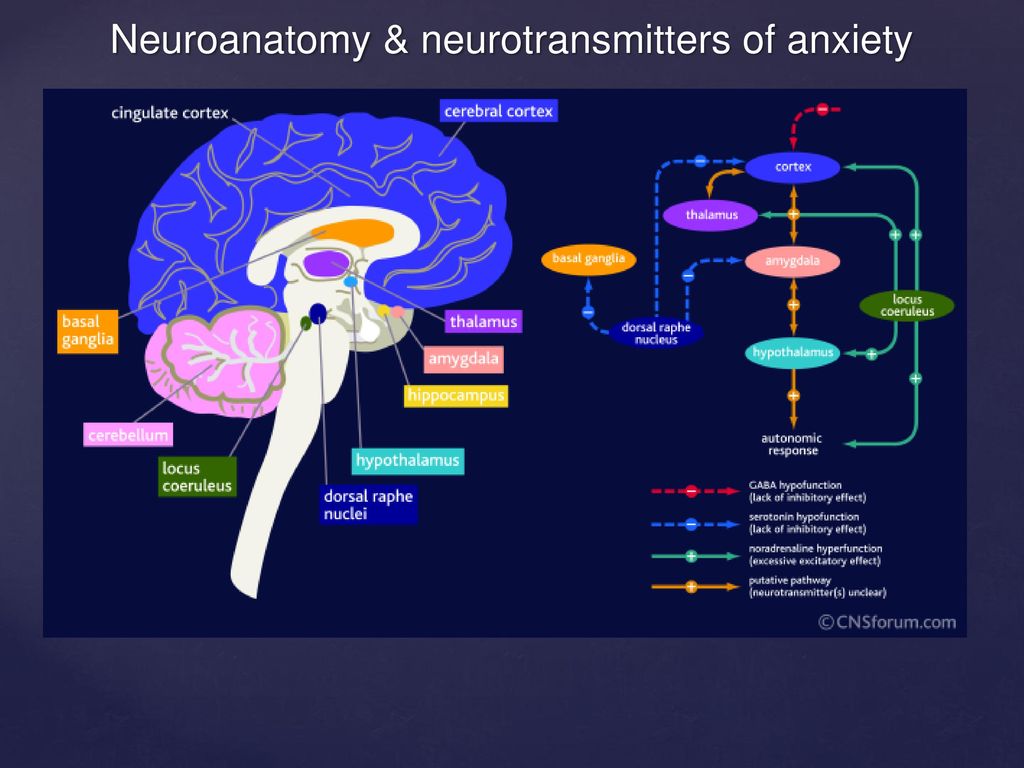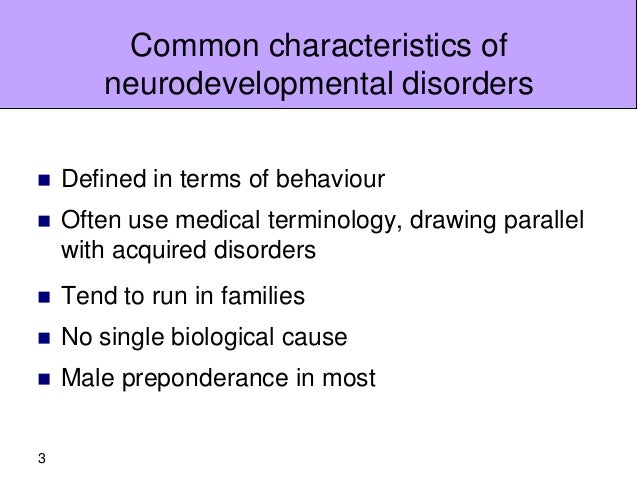Healing after narcissistic marriage
7 Stages of Healing & Recovery After Narcissistic Abuse
In This Article
Being in a relationship with a narcissist comes with challenges, but because of the stages of narcissistic abuse, you may find yourself falling in love with a narcissist, and then not knowing how to get out of the relationship when things start going downhill.
Overcoming narcissistic abuse is challenging, and it’s normal to feel some sadness or uncertainty over ending the relationship. Here, learn about the stages of healing after narcissistic abuse so you know what to expect when you make the decision to leave.
What narcissistic abuse looks like in a relationship?Narcissistic abuse occurs when you’re in a relationship with a person with narcissistic personality disorder, which is a legitimate mental health condition. Coping with narcissistic abuse can be difficult because of the traits of this disorder:
- Being willing to exploit others for personal gain
- Believing oneself to be superior to others
- Wanting excessive admiration
- Being unable to empathize with other people
- Behaving in an arrogant fashion
- Expecting special treatment and automatic compliance with their demands
The personality traits above lead a person with narcissism to be abusive in relationships, because they have a hard time understanding other people’s feelings, and they expect others to give them exactly what they want. When they don’t get their way, they are likely to lash out toward their partner.
One of the reasons that healing from narcissistic abuse is so challenging is that the abuse can be rather subtle. People who have narcissistic personality disorder try not to show their negative traits in the beginning of a relationship.
People who suffer from narcissistic abuse experience the abuse in gradual stages. Over time, they slowly lose their sense of self, which makes it difficult for them to leave the relationship.
A narcissistic person begins a relationship by being very charming and loving, which causes their partner to fall in love.
Over time, the abuse gradually appears. It takes the form of isolating the partner from friends and loved ones, taking away their sense of independence, and coercing them to do things they don’t want to do.
Narcissistic abuse can involve physical assaults, psychological manipulation, and financial exploitation.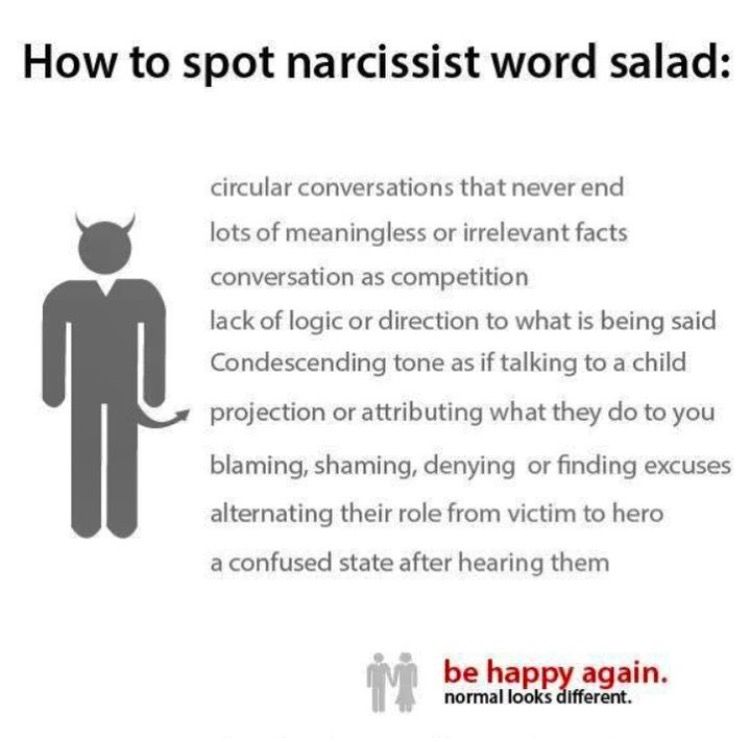 As time goes on, the victim fears for their own safety and will be too afraid and too alone to escape the abuse.
As time goes on, the victim fears for their own safety and will be too afraid and too alone to escape the abuse.
Because narcissistic abuse often occurs in waves, with outbursts of aggression followed by happier times, the victim may stay in the relationship, believing that they love their partner and hoping they will change.
Getting over a narcissist can be extremely challenging because the narcissistic person tries to convince their partner that they are crazy. Instead of owning up to the fact that their behavior is abusive, the narcissist will convince their partner that they are too sensitive, or they may deny that abusive behaviors ever occurred.
Related Reading: How to Get Closure With a Narcissist: 12 WaysWhat happens to your brain after narcissistic abuse?
If you’re going through the stages of healing after narcissistic abuse, it’s important to know that the abuse you’ve endured has a negative impact on your brain.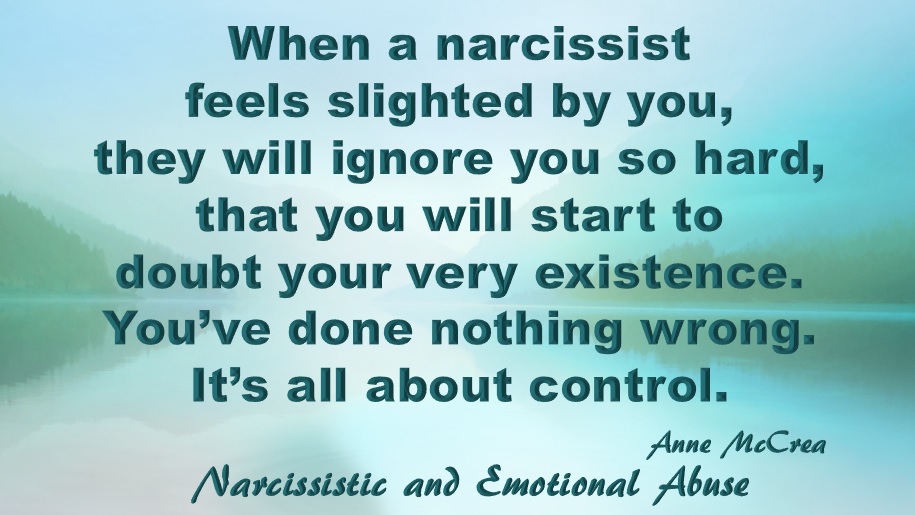 Recovering from narcissistic abuse requires you to understand that being a victim of this abuse can alter the way that your brain functions.
Recovering from narcissistic abuse requires you to understand that being a victim of this abuse can alter the way that your brain functions.
According to research, after narcissistic abuse, you can expect changes in the way your brain processes emotions. Studies have shown that women who have suffered relationship abuse are likely to show signs of PTSD.
They also show changes in areas of the brain called the amygdala and the anterior cingulate cortex, both of which are involved in processing emotions.
After relationship violence, women also show increased activity in areas of the brain linked to fear and negative emotions. What all of this means is that you may feel constantly tense and on edge when you are recovering from narcissistic abuse.
Your brain is constantly on high alert, looking out for signs of danger. You are also likely to find that you suffer from extreme mood swings, and you have difficulty controlling your emotions, especially when something upsetting happens.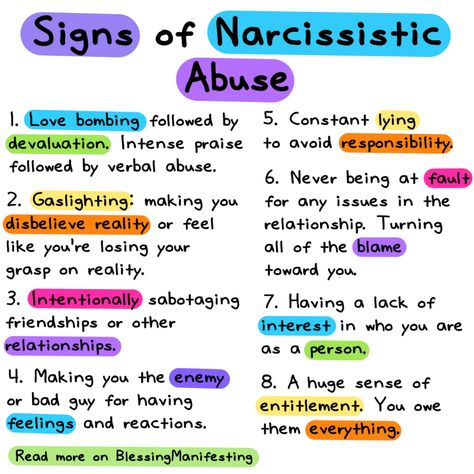 All of this is a part of narcissistic abuse recovery.
All of this is a part of narcissistic abuse recovery.
When learning about the stages of healing after narcissistic abuse, many people wonder how long getting over a narcissist takes.
It is impossible to give an exact answer to this question, because each person’s journey will differ, based upon their unique experiences, including the length of the relationship, the level of support they have, and the types of abuse they endured during the relationship with a narcissist.
Life after a narcissistic relationship will involve a period of healing, which will vary in length. That being said, you can expect to spend a significant amount of time processing your emotions and moving forward toward the life you deserve.
While narcissist recovery steps after the relationship will involve several stages, not everyone will proceed through the stages in a linear fashion. You may find that you make forward progress, only to take a few steps backward when you’re triggered by a memory of the relationship or faced with a stressful time.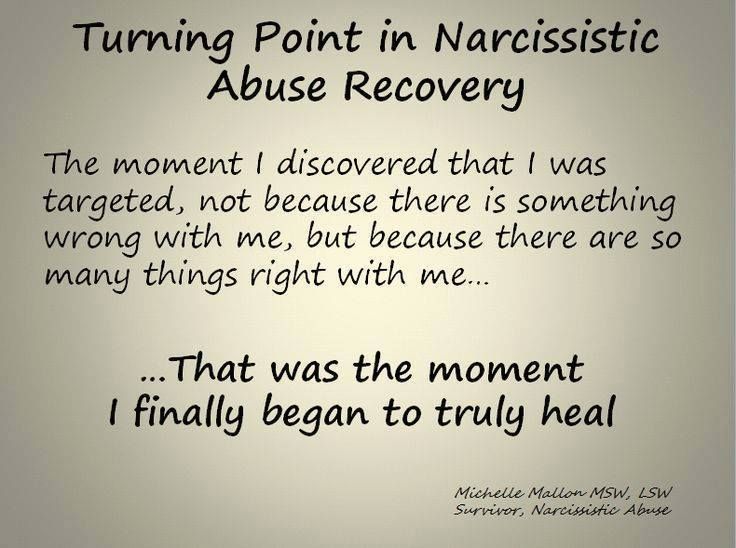
See the following video, which describes the progression of the stages of healing after narcissistic abuse:
7 stages of healing & recovery after narcissistic abuse
As you begin to experience narcissistic abuse and then recognize what has happened to you, you will enter the process of recovering. Below are the 7 stages of healing after narcissistic abuse.
1. DenialThe first stage of narcissist abuse recovery actually happens during the relationship. As the butterflies and intensity of the initial stages of the relationship fade away, you will begin to notice that your narcissistic partner has changed.
They are no longer as loving and affectionate as they were in the beginning. They may begin to ignore you, lash out in anger, or insult you. Perhaps they begin to tell you that your friends are no good for you, or that you’d never be anywhere with them.
Initially, you will be in denial that there is a problem. You convince yourself that they are simply having a bad day, and they will return to being the loving partner they once were.
Related Reading: How to Deal With Someone in Denial: 10 Ways2. Guilt
Here, you begin to see the narcissist for who they really are. You recognize that you are in a relationship with someone who is abusive and manipulative, and you begin to feel guilty for falling for them.
You blame yourself for not seeing the warning signs and for being gullible enough to fall for their charm in the beginning of the relationship. Your self-esteem is so low at this point, that you can’t even bring yourself to take the first step toward leaving.
3. BargainingHere, you find yourself stuck in a relationship with the narcissist. You aren’t yet ready to end things, so you convince yourself that if you try harder, they’ll change.
You may shower them with attention, walk on eggshells to avoid upsetting them or put all your time and energy into becoming the perfect partner because you’re convinced that if you fix some flaw within yourself, the narcissist will return to being the charming person you fell in love with.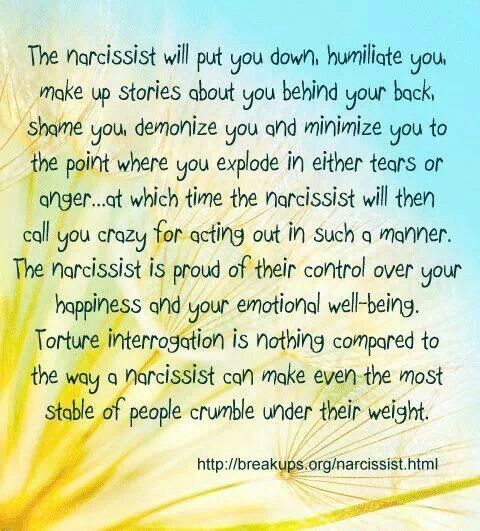
At this point, you recognize the narcissistic relationship for what it truly was: one-sided and exploitative. You come to realize that the narcissist never loved you, and they duped you into becoming their supportive, loving partner without giving you anything in return.
Along with this realization comes a deep sadness, as you recognize that the relationship is not savable. You fell in love with someone who isn’t capable of loving you, and you now understand that you can’t save the relationship; instead, you must end it.
5. The turning pointDuring this stage, you stop fixating on the narcissist and fix the relationship. You are no longer overcome with sadness or so paralyzed by fear that you remain in the relationship.
You take steps to leave the narcissist, which usually involves cutting off all contact and starting over anew. You may find during this stage that you are so focused on healing that you end all relationships that are no longer serving you so that you can begin to focus on your own wellbeing.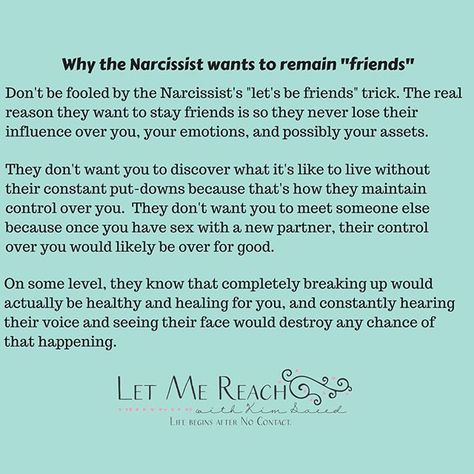
As you come to the next stage, you have ended the relationship and cut off contact with the narcissist. Here, you are finally free to heal and process your emotions, now that you have moved on to life after a narcissistic relationship.
Free from the narcissist’s grip, you can engage in some self-reflection. Think about what led you to form a relationship with the narcissist. Were there any early red flags that you missed?
Keep in mind that the narcissistic abuse was never your fault, but recognizing any warning signs that you missed can prevent you from landing in a similar situation in the future.
Be sure to be kind to yourself during this stage. You are likely to find that occasional feelings of sadness emerge, and you may even miss the narcissist at times.
You will also experience some challenges with processing emotions, and you may still find yourself reacting poorly to upsetting situations because your brain is still on high alert from the abuse.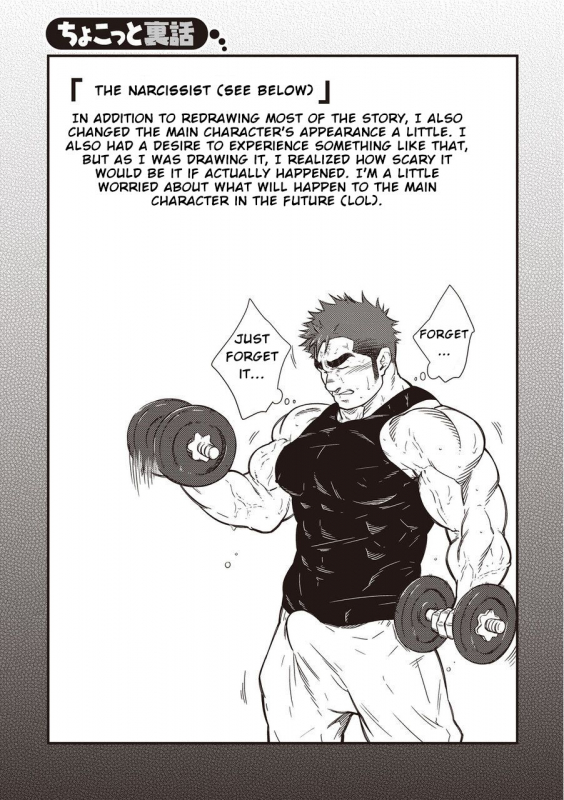
Related Reading: Dealing with Chronic Pain: What Couples Need to Know7. Hope for the future
At this final stage, things start to look a little better.
You’ve had time to process your emotions, and you’re ready to look toward the future with a positive mindset. You may even be ready to enter a relationship after narcissistic abuse, as you are healed enough to avoid such an abusive relationship in the future.
At this stage, you are able to accept the role you played in attracting a narcissist. Did you fail to set boundaries? Do you have unhealed childhood trauma that leads you toward abusive people?
Whatever the case, you now recognize your own faults, while still understanding that the narcissist is accountable for their own behavior.
As you’re proceeding through the stages of healing after narcissistic abuse, it’s important to give yourself time and space to recover. You’ve been a victim of significant mistreatment within your relationship, and you may even be showing signs of PTSD.
If you’re trying to figure out how to heal from narcissistic abuse, recognize that you’re going to need to make some changes. This means you must learn to set boundaries, which involves becoming comfortable standing up for your own needs and letting go of the habit of taking responsibility for other people’s happiness.
It is also important to take time for self-care. Ensure that you’re getting plenty of sleep, taking time to connect with people who support you, engaging in hobbies you enjoy, and treating your body properly with regular exercise and healthy nutrition.
As you care for your own needs, you will find that you’re in a better position to do the work of healing from narcissistic abuse.
ConclusionGetting over a narcissist is no easy task. Given the way that narcissistic people function in relationships, they were likely head-over-heels in love with you in the beginning. They went out of their way to make you happy, and you fell hard and fast.
Once you begin to realize that the relationship is going sour, you are likely to have a hard time leaving, because you long for the charming person the narcissist was at the beginning of the relationship. Overcoming narcissistic abuse requires that you stop blaming yourself and recognize that there is nothing you can do to change the narcissist’s tactics. The abuse is never your fault, and the only way to get it to stop is to leave the relationship.
Even if leaving is the right thing, you may experience several negative emotions, such as sadness, guilt, and fear, after leaving. You may think that you will never find a happy relationship, and you are likely to have a hard time controlling your emotions as you go through the narcissist recovery steps.
One of the signs you’re healing from narcissistic abuse is that you stop blaming yourself for the downfall of the relationship and begin to be compassionate for yourself and stand up for your own needs. If you’re having difficulty getting to this point, or if the effects of life after a narcissistic relationship are making it difficult for you to function at work or in daily life, it may be time to reach out for counseling.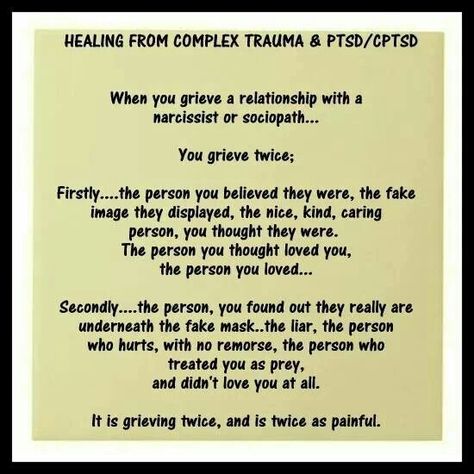
15 Tips for Recovering from Narcissistic Abuse
Skip to contentPublished: December 7, 2021 Updated: October 2, 2022
Published: 12/07/2021 Updated: 10/02/2022
The process of recovering from narcissistic abuse can be confusing, stressful, and exhausting. At times, you may feel alone in your struggles. You might also question whether moving on is the right decision. That said, healing is possible. Learning how to cope entails understanding narcissism, setting appropriate boundaries, and taking excellent care of yourself.
Narcissistic abuse can be isolating, but you don’t have to go through the healing process alone. BetterHelp has over 20,000 licensed therapists who provide convenient and affordable online therapy. BetterHelp starts at $60 per week. Complete a brief questionnaire and get matched with the right therapist for you.
Choosing Therapy partners with leading mental health companies and is compensated for referrals by BetterHelp
Visit BetterHelp
What is Narcissistic Abuse?
Narcissistic abuse refers to the complex psychological and emotional abuse associated with narcissistic personality disorder. This abuse, at times, can be quite apparent and easy to detect. But in many cases, it’s far more covert and insidious. It may even leave you wondering if you’re imagining or overreacting to what happened. This questioning and self blame is all part of a manipulative and dangerous narcissistic abuse cycle.
This abuse, at times, can be quite apparent and easy to detect. But in many cases, it’s far more covert and insidious. It may even leave you wondering if you’re imagining or overreacting to what happened. This questioning and self blame is all part of a manipulative and dangerous narcissistic abuse cycle.
Narcissistic abuse isn’t limited to romantic relationships with narcissistic partners. It can also come from narcissistic:
- Parents or other family members
- Adult children
- Bosses
- Coworkers
- Friends and acquaintances
- Neighbors
- Community leaders
- Co-parents
Effects of Narcissistic Abuse
People react to narcissistic abuse in different ways. It’s common to feel a combination of anger, betrayal, shame, and sadness after recognizing the symptoms of narcissistic abuse. Some people might wonder if they’re to blame for what happened. Others may have a sense that they want to dismiss the abuser’s actions or rescue them altogether.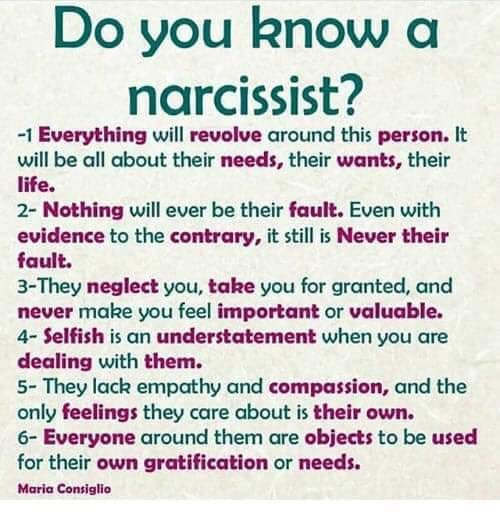
The effects of narcissistic abuse will often include:
- Symptoms of narcissistic abuse syndrome
- Intense guilt or shame
- A sense of grief for ‘the good old days’ or ‘what could have been’
- Symptoms of PTSD or complex PTSD
- Intense loneliness or disconnection from others
- Fear of being unloved or never being able to move on from the abuser
- Escape behaviors, like substance use, overeating, or compulsive gambling
- Low self-esteem or lack of sense of self
- Relationship problems, possibly due to being isolated from loved ones
- Financial distress
- Parenting and co-parenting stressors
- Contentious legal battles in the event of divorce
15 Tips to Help You Heal from Narcissistic Abuse
The stages of healing from narcissistic abuse typically take time, introspection, and support. Recognizing the abuse is the first step towards change. Furthermore, it’s important to anticipate how the narcissist may react and it is essential that you have measures in place to take care of yourself. No matter how challenging the situation seems, recovery is always possible.
No matter how challenging the situation seems, recovery is always possible.
1. Label the Abuse
Recognizing abuse can be challenging. But identifying what happened and legitimizing your experience allows you to maintain a sense of objectivity. Remember that abusers may oscillate between being extremely cruel and incredibly charming. They typically present as kind or compassionate in public. But severe jealousy, name-calling, controlling behavior, intense blaming, and humiliation are all considered forms of abuse.1
2. End the Relationship (If You Haven’t Already)
Abusive relationships rarely, if ever, improve on their own. In most cases, breaking up with a narcissist is the best option for reclaiming your well-being. Due to their nature, they will likely respond inappropriately. They may beg you to come back, promise to change, try to smear your reputation to others, or make idle threats about destroying your future.
3. Set Clear, Defined Boundaries
Many times, avoiding all contact with your abuser is the ideal response for moving on. Taking this approach requires immense discipline, but it eliminates potential opportunities for connection and “feeling tricked” back into the relationship. If you must maintain some contact (such as when you’re co-parenting), aim to create defined, specific limits about communication. The more you can uphold those boundaries, the more likely you will protect yourself from further chaos.
4. Avoid Retaliation
Even if your abuser makes great efforts to hurt you after ending the relationship, resist the urge to fight back. In many ways, that’s how they want you to respond. Continuing to engage only fuels more drama. Instead, if you can’t avoid their tactics, focus on remaining as neutral as possible. If you must vent, share your concerns with someone who doesn’t have any ties with the narcissist (mutual friends may tell them what you say or the narcissist may try to engage you in triangulation tactics through the mutual acquaintance).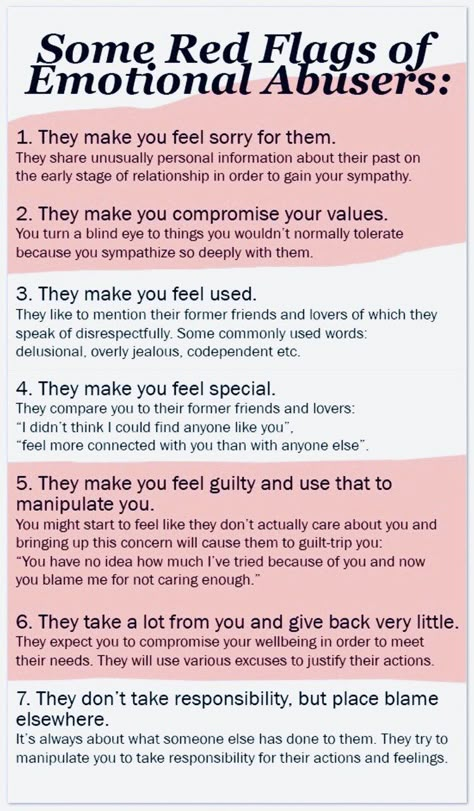
5. Seek Immediate Support
If you recently ended the relationship, you need people who will validate, comfort, and help you. Reach out to trusted friends or family, or consider joining a support group for survivors of abuse or domestic violence. Seeking support still applies to those who suffered from abuse that happened a long time ago. It’s never too late to reach out for help and support.
Help For Narcissistic Abuse
Individual Therapy – Get personalized help with recovering from narcissistic abuse from a licensed therapist. BetterHelp offers online sessions by video or text. Try BetterHelp
Support Groups – You are not alone in dealing with a narcissist. Sesh offers over 100 different support groups per month, with at least once a week focused on narcissism. First Month Free
Books On Narcissism – See our handpicked selection of Narcissism Books List
Choosing Therapy partners with leading mental health companies and is compensated for referrals by BetterHelp and Sesh.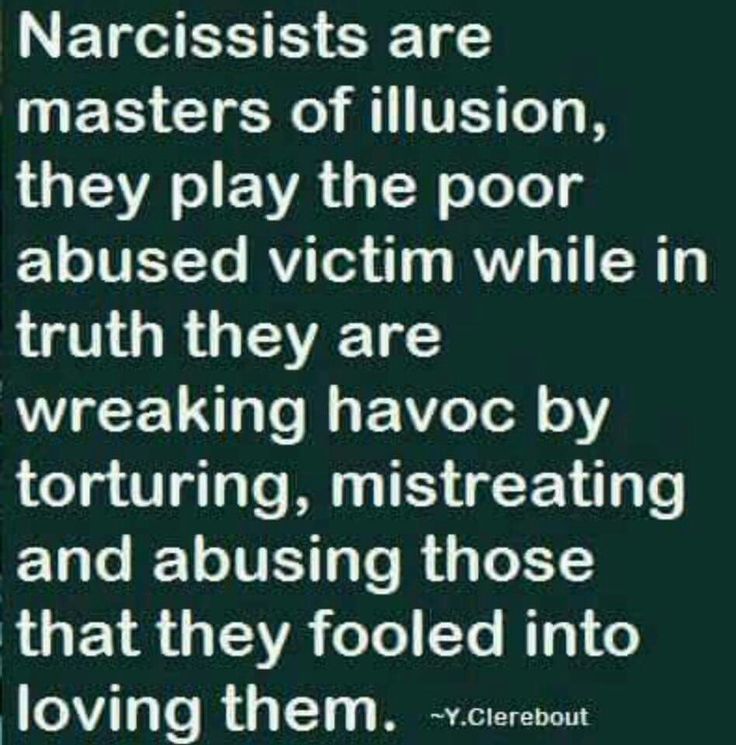
6. Create a Consistent Schedule
Routine can be such an essential part of your emotional well-being. Having a sense of predictability can help you stay focused, even when life feels wildly out-of-control. Commit to making a schedule that you can follow each day or week. It’s okay if you don’t follow it perfectly. Having a template in mind can give you peace of mind when you feel scattered.
7. Anticipate Grief
Any loss, even if it’s positive, can trigger distress. Many people feel profound grief after ending a traumatic relationship. This grief may be complicated. You may experience a sense of numbness or detachment, difficulty trusting others, a sense of longing for the abuser, or difficulty engaging in your everyday routine.2 Keep in mind that these symptoms are common, and they usually dissipate as you move through your healing process.
8. Express Your Emotions
Your emotions may feel highly intense when you first begin healing from narcissistic abuse. Try to avoid suppressing or bottling them up. Instead, identify and release them. If you aren’t sure how to talk about your emotions directly, try engaging in creative activities like journaling, artwork, or music.
Try to avoid suppressing or bottling them up. Instead, identify and release them. If you aren’t sure how to talk about your emotions directly, try engaging in creative activities like journaling, artwork, or music.
9. Rediscover Yourself
Many people sacrifice their identities in narcissistic relationships. Once they start recognizing the abuse, they feel somewhat hollow – they don’t know who they are or what they like anymore. If this applies to you, try to focus on all the benefits of getting to rediscover yourself. To spark some inspiration, consider making a master bucket list or writing down at least 3-5 activities you want to try in the next month.
10. Implement More Self-Care
Self-care refers to the way you establish both your physical and emotional well-being. In its simplest form, practicing self-care means attuning to your basic needs.3 But it also means engaging in conscious actions that promote self-esteem, happiness, fulfilling relationships, and a sense of purpose. Think about how you can implement better self-care rituals in your daily routine.
Think about how you can implement better self-care rituals in your daily routine.
11. Seek to Forgive Yourself
Anyone can experience narcissistic abuse. What you endured was not your fault. Blaming yourself only stunts your ability to move on. Instead, aim to be compassionate and kind to yourself when possible. Research shows that practicing self-forgiveness reinforces your emotional well-being, healthier relationships, and a more positive attitude.4
12. Take Time Before You Jump Into Dating
If your abuser was a romantic partner, avoid the temptation of distracting yourself with someone new. You need time to process what happened and rediscover yourself. You may be especially fragile right now, and that might heighten your risk of attracting another toxic person. Instead, focus on building a relationship with yourself. Allow yourself to grieve and reconnect with other people who can support and love you.
As we become increasingly more connected digitally, online stalking and abuse present a growing problem.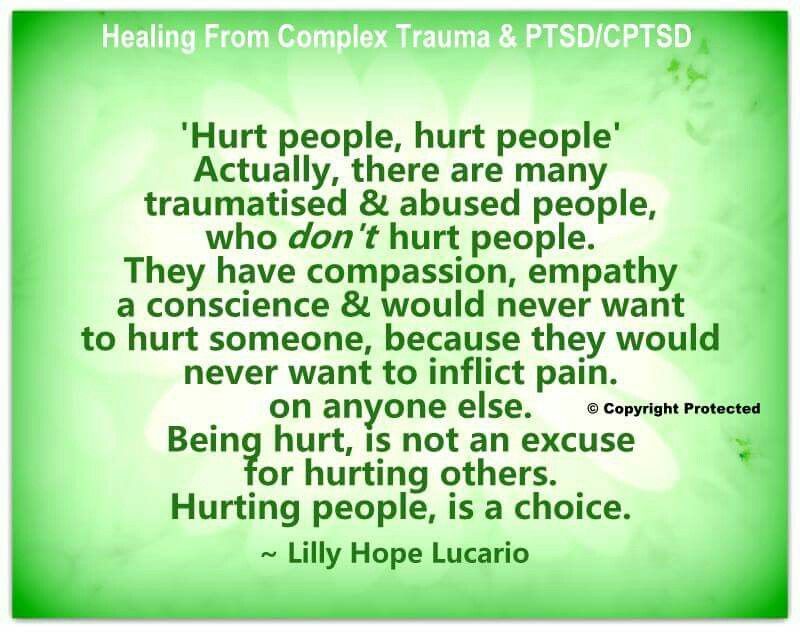 If you haven’t already, unfollow and block the narcissist on all platforms. Make your own profiles private and be especially cautious with how you share personal information about yourself. You never know what someone might do with it.
If you haven’t already, unfollow and block the narcissist on all platforms. Make your own profiles private and be especially cautious with how you share personal information about yourself. You never know what someone might do with it.
14. Create New Rituals
Maybe you two went to the same restaurant for lunch every Wednesday. Or, you spent every Christmas visiting their mother’s house. Either way, certain rituals may trigger sadness, anger, or a sense of longing. Try to anticipate those moments and think of ways you can recreate new patterns for the future.
15. Reflect on What You Learned
It’s easy to dwell on all the negative parts of narcissistic abuse. And, indeed, reminding yourself of all that negativity is important in helping you avoid repeat situations in the future. But if these associations only make you feel worse about yourself, try to also remember how you grew, learned, and gained perspective from this experience.
How a Therapist Can Help You Heal from Narcissistic Abuse
Therapists provide validation, reassurance, and professional expertise when it comes to healing from narcissistic abuse.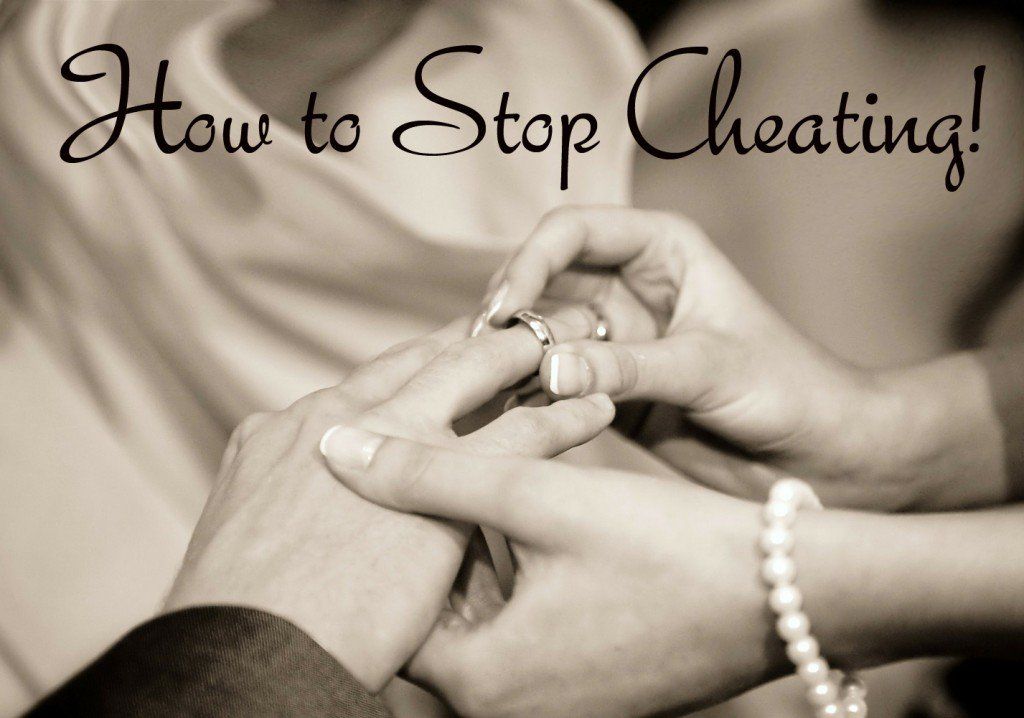 They understand the mental health challenges that can arise from toxic relationships. They are also skilled in supporting clients in changing how they understand and cope with distressing symptoms.
They understand the mental health challenges that can arise from toxic relationships. They are also skilled in supporting clients in changing how they understand and cope with distressing symptoms.
Finding a therapist for professional support can help you in your recovery journey. It’s normal to feel confused, scared, or alone during this vulnerable time. However, having a trusted professional who supports your growth can help you stay on the right track.
Final Thoughts on Surviving Narcissistic Abuse
Surviving narcissistic abuse is undoubtedly difficult. The healing can take time, and it’s typical for people to feel like they’re occasionally regressing. Remember that progress isn’t always linear, and that it’s important to continue focusing on how you can take care of yourself and move forward.
Additional Resources
Education is just the first step on our path to improved mental health and emotional wellness.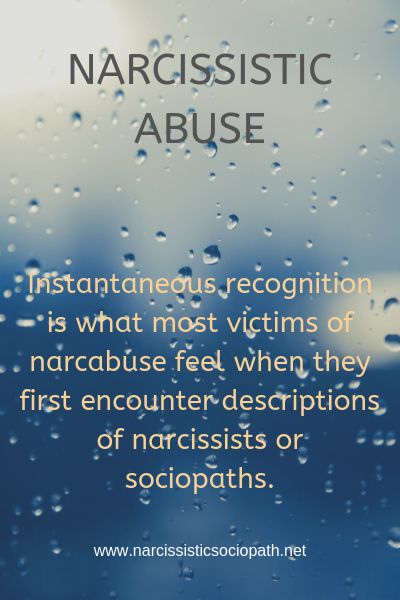 To help our readers take the next step in their journey, Choosing Therapy has partnered with leaders in mental health and wellness. Choosing Therapy may be compensated for referrals by the companies mentioned below.
To help our readers take the next step in their journey, Choosing Therapy has partnered with leaders in mental health and wellness. Choosing Therapy may be compensated for referrals by the companies mentioned below.
BetterHelp (Online Therapy) – BetterHelp has over 20,000 licensed therapists who provide convenient and affordable online therapy. BetterHelp starts at $60 per week. Complete a brief questionnaire and get matched with the right therapist for you. Get Started
Online-Therapy.com – The Online-Therapy.com standard plan includes a weekly 45 minute video session, unlimited text messaging between sessions, and self-guided activities like journaling. Recently, they added Yoga videos. Get Started
Headspace (Meditation App) – Headspace is the leading mindfulness and meditation app with over 70 million members. Headspace offers guidance and exercises for all skill levels, including beginners. Free Trial
Choosing Therapy’s Directory – Find an experienced therapist who is committed to your wellbeing.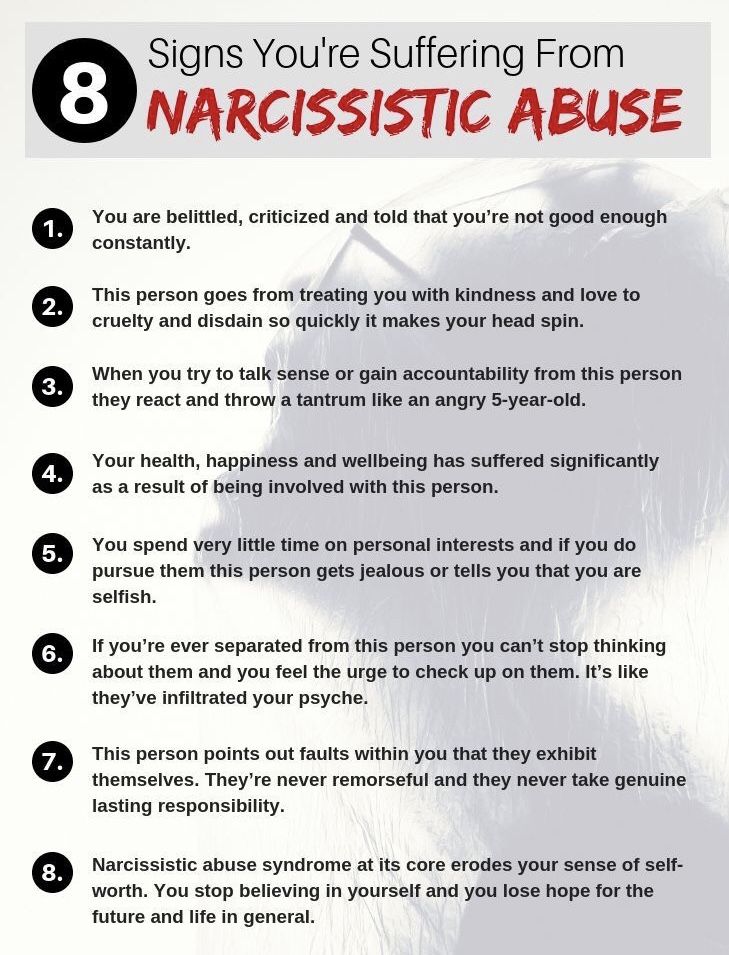 You can search for a therapist by specialty, availability, insurance, and affordability. Therapist profiles and introductory videos provide insight into the therapist’s personality so you find the right fit. Find a therapist today.
You can search for a therapist by specialty, availability, insurance, and affordability. Therapist profiles and introductory videos provide insight into the therapist’s personality so you find the right fit. Find a therapist today.
Choosing Therapy partners with leading mental health companies and is compensated for referrals by Circles, BetterHelp, Online-Therapy.com, and Headspace
For Further Reading
- National Domestic Violence Hotline: This hotline offers free, confidential support for people experiencing relationship abuse. You can engage with crisis counselors via phone calls, texting, or live chat.
- Narcissistic Abuse Support: This site offers valuable resources about narcissistic abuse and provides a directory for support groups for survivors.
- 16 Best Books on Narcissism & Narcissistic Personality Disorder: This is a comprehensive guide outlining the best books on understanding narcissism and how it affects people.
- Dr.
 Ramani’s Video Series on Narcissism: Dr. Ramani is a clinical psychologist with an expansive library of videos about narcissism and its related abuse.
Ramani’s Video Series on Narcissism: Dr. Ramani is a clinical psychologist with an expansive library of videos about narcissism and its related abuse. - Mental Health America
- National Alliance on Mental Health
- MentalHealth.gov
4 sources
Choosing Therapy strives to provide our readers with mental health content that is accurate and actionable. We have high standards for what can be cited within our articles. Acceptable sources include government agencies, universities and colleges, scholarly journals, industry and professional associations, and other high-integrity sources of mental health journalism. Learn more by reviewing our full editorial policy.
-
Signs of Abuse. National Coalition Against Domestic Violence. Retrieved from: https://ncadv.org/signs-of-abuse
-
Complicated grief. Mayo Clinic. Retrieved from: https://www.mayoclinic.org/diseases-conditions/complicated-grief/symptoms-causes/syc-20360374
-
What Is Self-Care? International Self-Care Foundation.
 Retrieved from: https://isfglobal.org/what-is-self-care/
Retrieved from: https://isfglobal.org/what-is-self-care/ -
The benefits of self-forgiveness. (2019, August). Stanford Medicine. Retrieved from: https://scopeblog.stanford.edu/2019/08/02/the-benefits-of-self-forgiveness/
If you are in need of immediate medical help:
Medical
Emergency
911
Suicide Hotline
800-273-8255
who is a perverted narcissist? - T&P
Moral violence, or abuse, in the Russian context is considered almost a phenomenon that lies within the framework of social norms - however, in reality, it is often the result of a narcissistic personality disorder. For a healthy person, such communication can be very destructive and can cause deep depression. T&P talk about how to identify a moral abuser and fight back.
What is narcissism?
The word "abuse" itself is translated from English as "violence" and "abuse".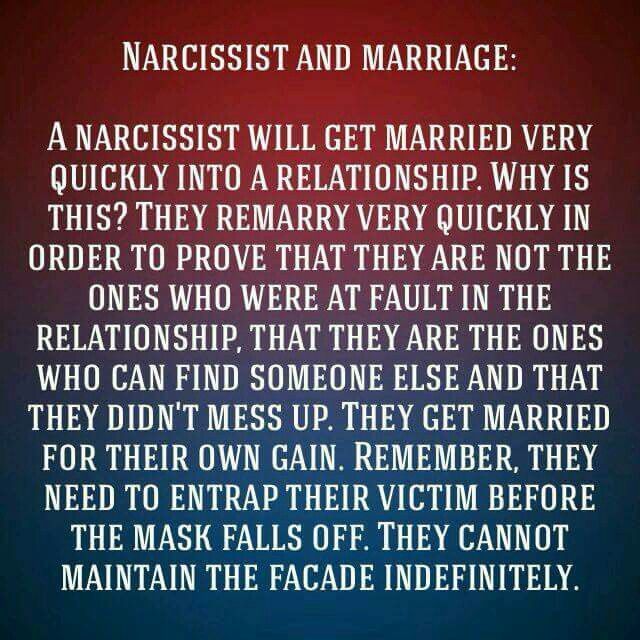 Abuse in interpersonal relationships is familiar to most of us - but not everyone knows that they may not be the result of neglect, but the result of narcissistic personality disorder (NPD), which affects one of the participants in the relationship. This pathology occurs in a significant number of people: from 1 to 8% of the total population of the planet, according to various estimates. According to the DSM-V international classification of diseases, it can be defined by the general signs of a personality disorder (grand conceit, fantasies of unlimited power or ideal love, belief in one's "exclusivity", the need for an exaggerated expression of delight in one's address, the illusion of one's own special rights, a tendency to exploit people, lack of empathy, envy and arrogant attitude towards people), which are accompanied by specific disorders in the work of the individual and in the process of building interpersonal relationships.
Abuse in interpersonal relationships is familiar to most of us - but not everyone knows that they may not be the result of neglect, but the result of narcissistic personality disorder (NPD), which affects one of the participants in the relationship. This pathology occurs in a significant number of people: from 1 to 8% of the total population of the planet, according to various estimates. According to the DSM-V international classification of diseases, it can be defined by the general signs of a personality disorder (grand conceit, fantasies of unlimited power or ideal love, belief in one's "exclusivity", the need for an exaggerated expression of delight in one's address, the illusion of one's own special rights, a tendency to exploit people, lack of empathy, envy and arrogant attitude towards people), which are accompanied by specific disorders in the work of the individual and in the process of building interpersonal relationships.
A person with a narcissistic disorder is self-focused, obsessed with the idea of his own greatness and superiority, clinically incapable of empathy and does not feel guilty for wrongdoing.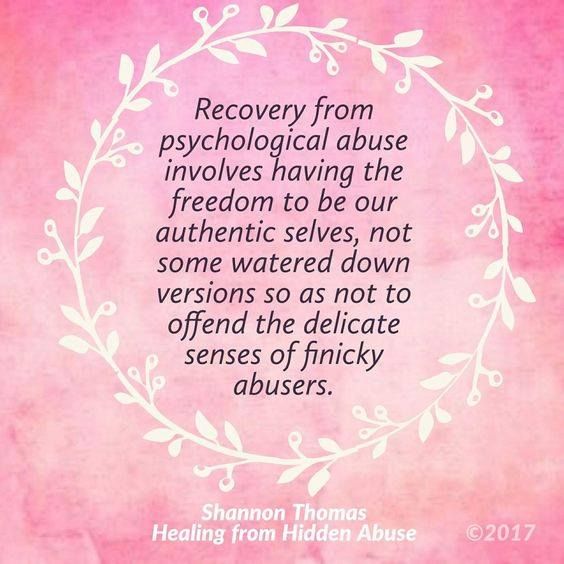 He devalues what is connected with others and idealizes what is connected with himself. At the same time, the narcissist does not suffer from hallucinations, does not show signs of manic states, and generally gives the impression of a completely healthy person.
He devalues what is connected with others and idealizes what is connected with himself. At the same time, the narcissist does not suffer from hallucinations, does not show signs of manic states, and generally gives the impression of a completely healthy person.
Perverted narcissists do not choose weak or insecure people as their "victims". Their target audience is bright wise men and smart people.
Of course, not every person with NRL will start doing atrocities if you get close to him. As with any mental health diagnosis, this one has a fairly wide gradient, so that the patient may or may not be aware of the problem, or may not be fully aware of it, fight or not, stubbornly change therapists in search of a truly effective treatment, or methodically bring partners to suicide.
With proper organization and planning, the home office is not a punishment but an opportunity. For business - to save resources, for employees - to get rid of the feeling that life is passing by.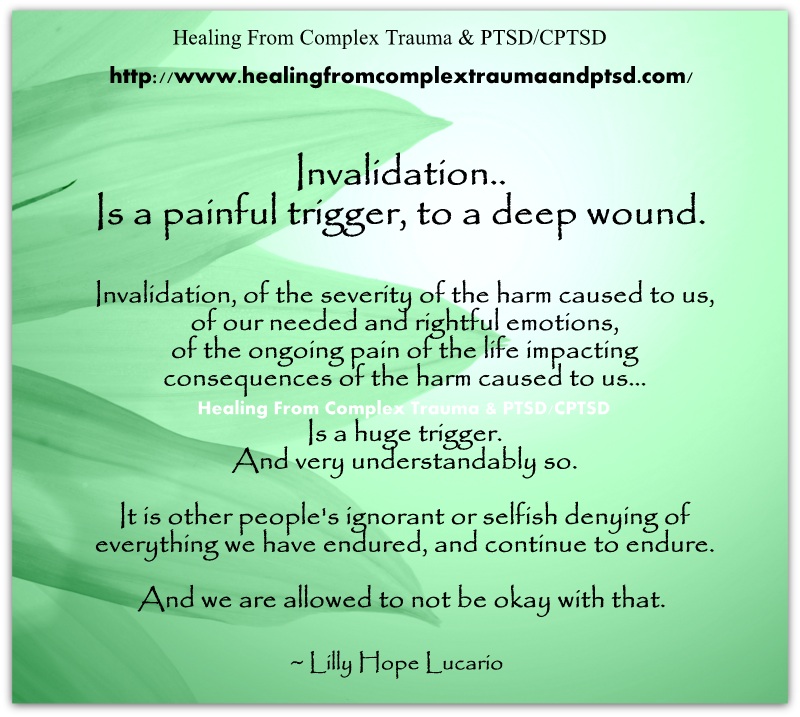 If you do not neglect the rules of the organization, learn management at a distance, use modern technologies and systems, you can set up an effective home office for employees in just one day. More about the BeeFREE solution from Beeline Business at the link.
If you do not neglect the rules of the organization, learn management at a distance, use modern technologies and systems, you can set up an effective home office for employees in just one day. More about the BeeFREE solution from Beeline Business at the link.
Really dangerous for others is a type called “perverted narcissist”. This definition was first voiced by the French doctor of psychiatry, specialist in the field of victimology and criminology, Marie-France Yrigoyen, author of the book Moral Harassment. A distinctive quality of perverted narcissists is the ability to turn any situation on its head, distorting its details and partner's conclusions ("perverted" - from the Latin "pervertere" - "pervert, twist"). It is they who choose moral violence as an instrument of interpersonal relations, and it is not easy to get away from them without crippling the psyche.
How do you spot a perverted narcissist?
Perverse narcissists do not choose weak or insecure people as their "victims". Their target audience is bright smart people, open, successful, impressionable, full of optimism and vitality. Often relationships with perverted narcissists end for their spouses and friends with clinical depression and suicide, even more often with psychological traumas that then heal for years, if they heal at all.
Their target audience is bright smart people, open, successful, impressionable, full of optimism and vitality. Often relationships with perverted narcissists end for their spouses and friends with clinical depression and suicide, even more often with psychological traumas that then heal for years, if they heal at all.
A perverted narcissist can be identified by their distinctive behaviors, which they usually fail to fully disguise despite their developed adaptive skills and brilliant image. In general, the following details should alert the potential “victim”.
1) The person speaks negatively about past partners, verbally blaming them for problems or a breakup.
2) A person is not inclined to plead guilty and shifts responsibility to others.
3) After getting to know this person, the partner began to sleep less, eat poorly, lose weight, become dizzy in his presence, or faced other unpleasant changes in the state of health. It is generally accepted that lovers and friends of perverted narcissists begin to lose psychosomatics early, and this happens even against the background of an apparent absence of problems.
4) A person seeks to bind a partner to himself as early as possible, up to marriage or moving.
© Sara Andreasson
5) Perverted narcissists sometimes have "inhuman reactions", although in general such people carefully monitor their behavior. Like patients with psychopathy, they do not experience emotions in the conventional sense of the word, but they imitate them perfectly. Narcissists are able to observe those around them, calculating successful mechanisms of influence, but in unusual circumstances they can show insensitivity, a lust for power, or anything else that lies outside the scope of normal reactions. For example, such a person is able to tell how “well” he punished the offender (and the punishment will look disproportionate to the offense), how witty he used someone, or how interesting it is to watch other people suffer.
How does abuse work?
The first stage of a relationship with a perverted narcissist is sometimes referred to by researchers as the "honeymoon.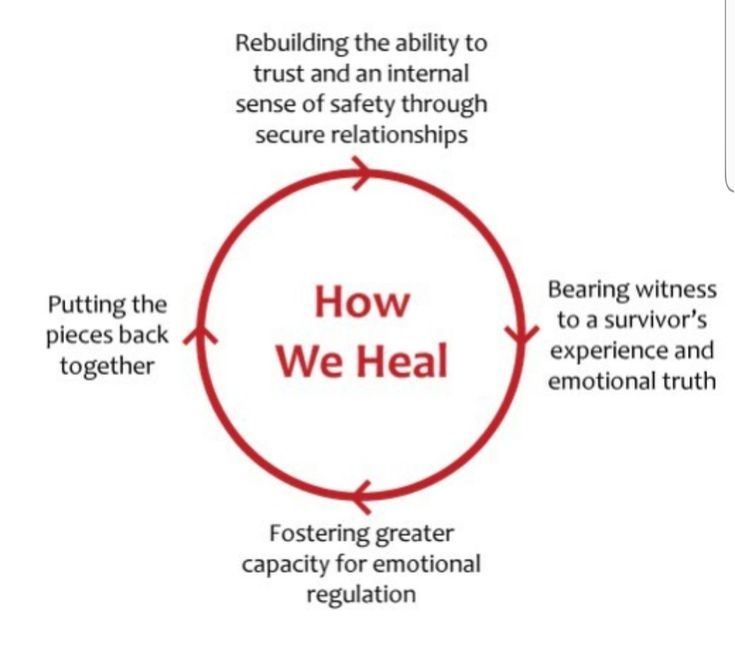 " During this period, a partner can come to visit his “superhero” and find that he has prepared his favorite dish from childhood, or find an exact copy of a long-lost precious pendant on his desk, or get tickets to Bora Bora for a birthday party.
" During this period, a partner can come to visit his “superhero” and find that he has prepared his favorite dish from childhood, or find an exact copy of a long-lost precious pendant on his desk, or get tickets to Bora Bora for a birthday party.
"Honeymoon" looks perfect, but can't last forever. After all, in the place of self-esteem in a perverted narcissist, figuratively speaking, there is a gaping bottomless hole into which all the delights of others and his own achievements are sucked in vain. Due to a personality disorder in the depths of his soul, such a person feels insignificant, experiences desperate envy and anger. The lack of empathy does not allow him to empathize, and the illusion of his own greatness does not allow him to perceive other people as equals. For a while, the narcissist manages to hold back negative feelings (solely for strategic reasons), but then his patience ends.
The laws of communication are depreciated, respect disappears, and from a precious chosen one or dear friend, the second person quickly turns into a disenfranchised violator.
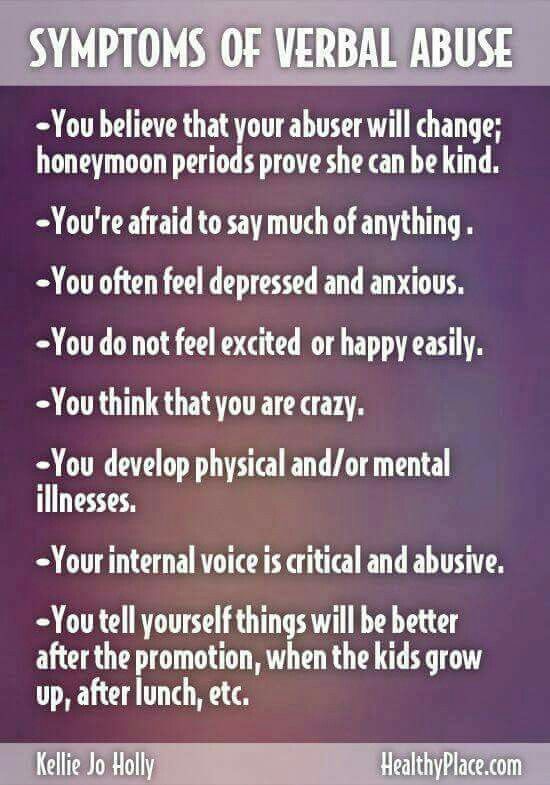
The moment this happens, the "honeymoon" ends and the so-called "ice shower" stage begins. A prince or princess suddenly, often in just one terrible day, turns into an unpredictable aggressive creature that attacks a partner with the cruelty of a chimera and manages to turn his whole picture of the world upside down in a few hours. The laws of communication are depreciated, respect disappears, and from a precious chosen one or dear friend, the second person quickly turns into a disenfranchised violator.
As is normal for a mentally healthy person, a lover or friend of an NPD patient in such a situation is likely to begin to suspect that there is some guilt in what happened. This is exactly what the perverted narcissist needs. At the second stage of the relationship, his task is to destroy the partner’s self-esteem, humiliate him and thus assert himself. This is why such people tend to keep partners close, resurrecting honeymoon circumstances as necessary, and then reassuming their basic aggressive form.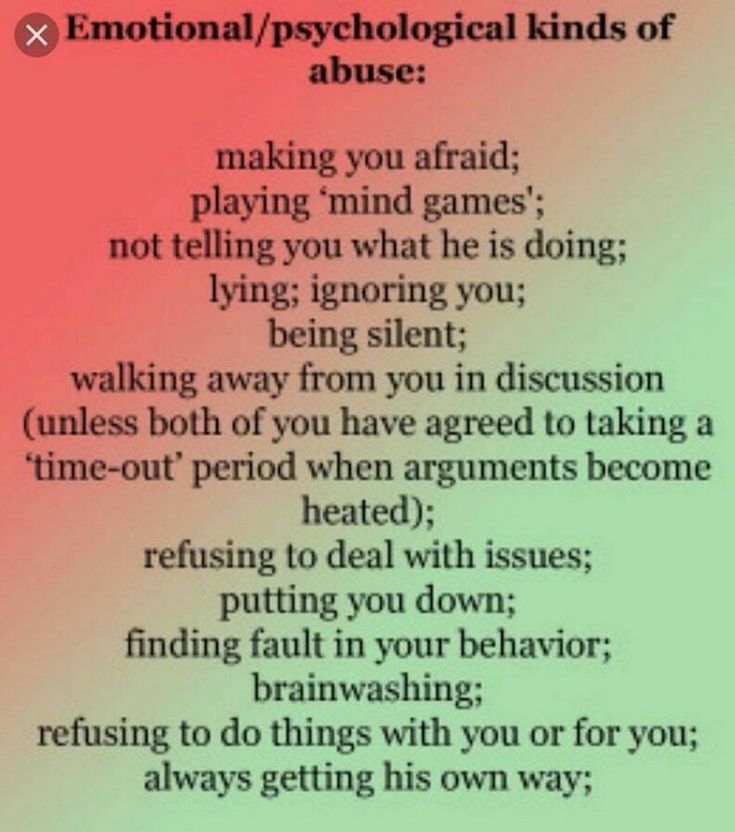
Boycott and inexplicability
Despite the fact that from the point of view of the victim the behavior of a perverted narcissist looks unpredictable, in reality this person uses recognizable tricks, which are described in detail in the first Russian-language book on communication techniques for patients with NPD - "Be afraid, I you” by the writer and journalist Tatyana Kokina-Slavina:
• “an attack of anger”, when a narcissist in a harmless situation suddenly shows wild rage;
• gross violation of an important promise or defiant failure to fulfill obligations;
• "accidental" disclosure of a shameful secret, which becomes available due to the stuffing of compromising evidence;
• pause in communication not agreed upon with the partner, i.e. boycott;
• a statement about an alleged breakup or a frank hint that a breakup may occur, presenting a list of conditions;
• perceptible but unmotivated cooling of relations.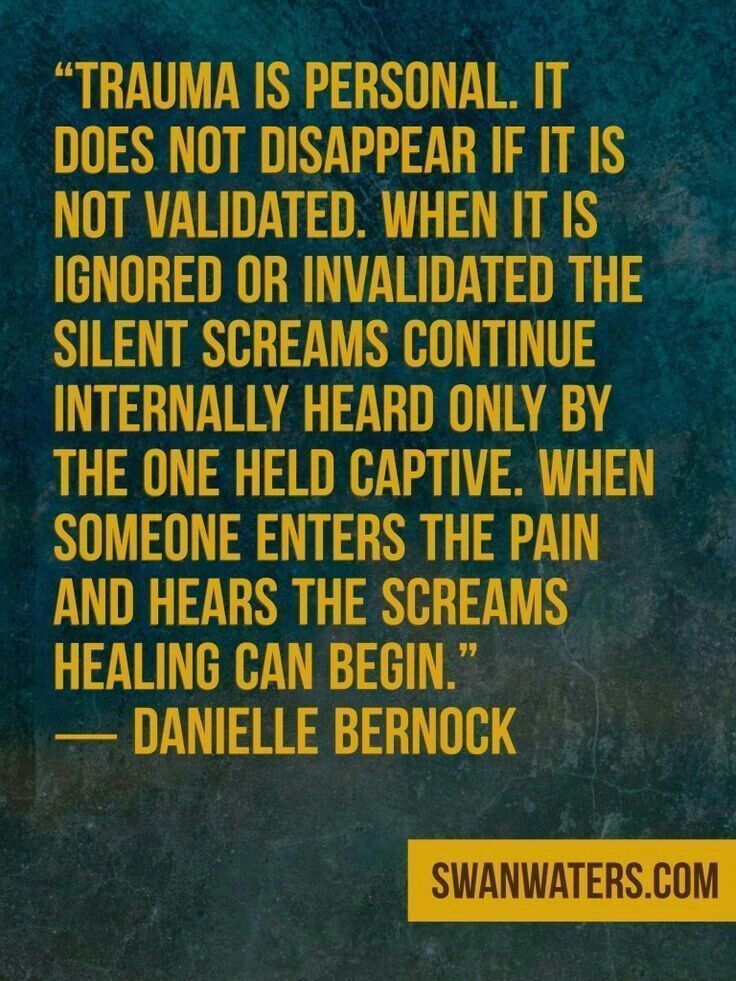
Of course, all of the above can happen in a relationship without NPD, healthy or not, for a variety of reasons. The following criteria can be used to correctly assess the circumstances and test them “for narcissism”:
• the presence of a strong negative emotional response,
• the suddenness of the antics and the absence of clear motives,
• the denial of what happened on the part of the alleged narcissist.
Such denial can take the form of gaslighting, one of the methods of psychological abuse, which is designed to dissuade the partner from what he clearly saw, confuse him and lead to false conclusions. Typical phrases in this case sound like “there was nothing like that”, “I don’t understand what you mean”, “you complicate everything”, “you overreact to ordinary remarks”, etc. As a rule, such an onslaught greatly deprives balance, so that a person really begins to doubt himself.
An ugly scene after the "honeymoon" completes the first circle of relationships, and after that communication becomes cyclical.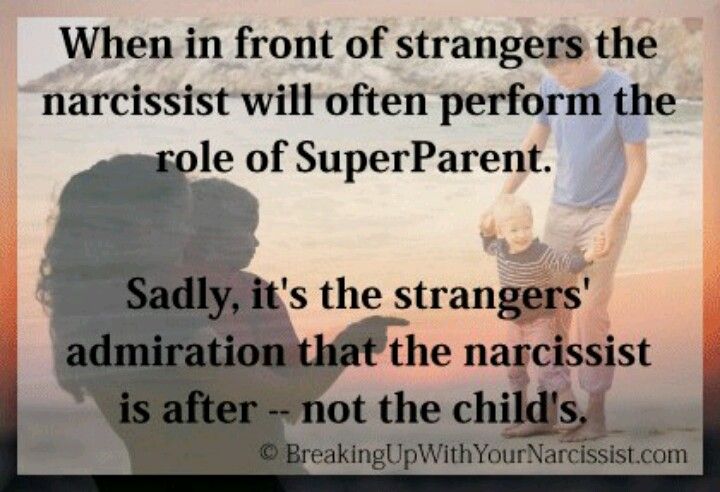 The positive phases begin to gradually narrow, the negative phases grow, so that the relationship becomes like a manic-depressive disorder, and codependency forms between partners. “Be prepared for more and more frequent cycles,” says Israeli writer and narcissist researcher Sam Vaknin, author of Surviving the Narcissist, Malignant Self-Love, How to Divorce a Narcissist and a Psychopath, and more. The narcissist idealizes, and then devalues and discounts the object of its original idealization. This sharp, heartless depreciation is aggression. The narcissist exploits, lies, makes no sense, insults, ignores, manipulates, controls. The narcissist is built almost entirely on control. This is a primitive and immature reaction to circumstances in which the narcissist, most often in childhood, was helpless.
The positive phases begin to gradually narrow, the negative phases grow, so that the relationship becomes like a manic-depressive disorder, and codependency forms between partners. “Be prepared for more and more frequent cycles,” says Israeli writer and narcissist researcher Sam Vaknin, author of Surviving the Narcissist, Malignant Self-Love, How to Divorce a Narcissist and a Psychopath, and more. The narcissist idealizes, and then devalues and discounts the object of its original idealization. This sharp, heartless depreciation is aggression. The narcissist exploits, lies, makes no sense, insults, ignores, manipulates, controls. The narcissist is built almost entirely on control. This is a primitive and immature reaction to circumstances in which the narcissist, most often in childhood, was helpless.
© Sara Andreasson
Perverted narcissists often refer to their partners as "hypersensitive" and prone to creating problems out of the blue. A person is steadily losing his rights in communication with him: the right to ask questions and receive answers, to talk about his feelings and get angry.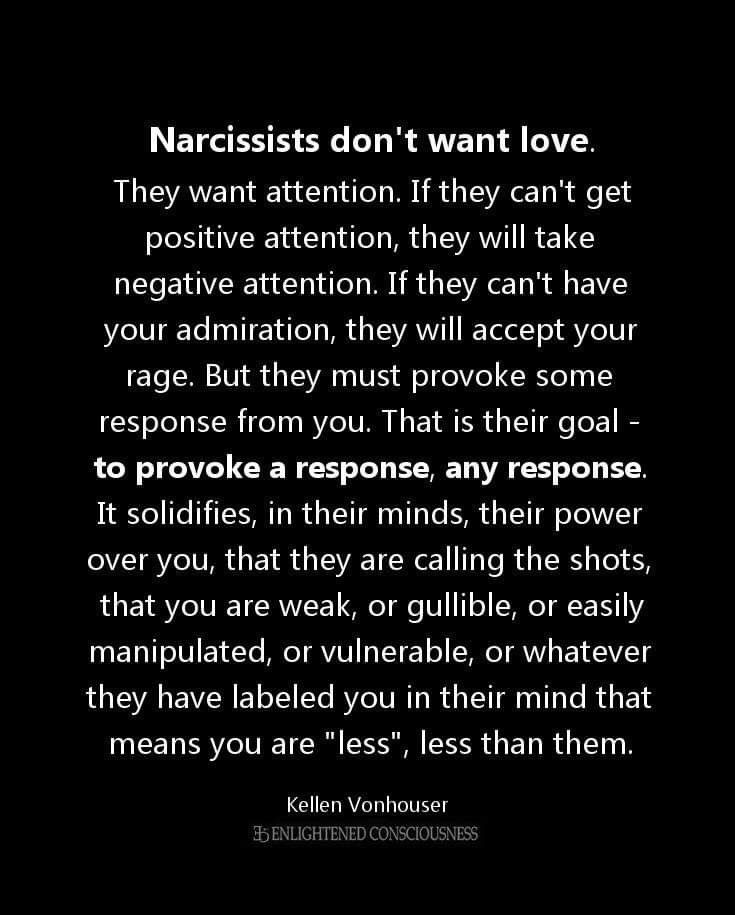 Anger and discontent turn out to be "unreasonable" or "irrational." Indeed, in order to gain complete power over the partner and legitimize the absence of human feelings, the perverted narcissist needs to depersonalize him, destroying his "I".
Anger and discontent turn out to be "unreasonable" or "irrational." Indeed, in order to gain complete power over the partner and legitimize the absence of human feelings, the perverted narcissist needs to depersonalize him, destroying his "I".
In the second stage of the relationship, the perverted narcissist has two recognizable tools: "hold tactics" in dialogue and "water torture". The first technique is usually expressed in the fact that the discussion of relationships, as well as the ability to express one's thoughts and feelings, is blocked. The narcissist diverts the topic of conversation, digresses into other things, reduces the conversation to a joke, puts it off for later, taunts, complains about feeling unwell, and devalues the interlocutor in other ways. For example, patients with NPD often display a hostile coldness that is denied. This strategy allows them to make their partner angry and cry, then to ridicule his anger and thus humiliate him.
"Water torture" performed without raising the voice.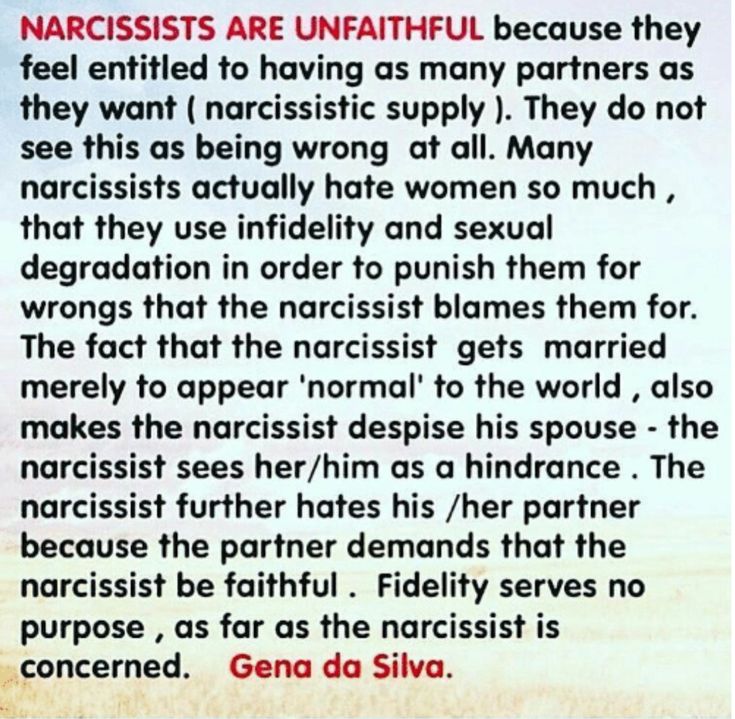 In the process, the narcissist twists, turns inside out, and brings to the point of absurdity the partner's words without removing the bored haughty mask. Of course, not everyone can stand such treatment, so many narcissists lose their victims at some point. This causes fear and even panic in them, so that the methods of moral violence are instantly replaced by a new "honeymoon". This game can go on for many months or even years.
In the process, the narcissist twists, turns inside out, and brings to the point of absurdity the partner's words without removing the bored haughty mask. Of course, not everyone can stand such treatment, so many narcissists lose their victims at some point. This causes fear and even panic in them, so that the methods of moral violence are instantly replaced by a new "honeymoon". This game can go on for many months or even years.
How to deal with a perverted narcissist?
The only way to escape moral abuse from a perverted narcissist is to stop communicating with him. You need to understand that such people behave this way because of mental pathology, and they cannot be re-educated, changed, healed, remade or saved. His problem can be partly solved only by a psychotherapist or psychiatrist, who is also capable of prescribing the necessary medicines. Today, doctors do not know why patients develop narcissistic personality disorder. Some experts are sure that it is genetically transmitted, others believe that it is only a matter of upbringing, when a person is not paid attention in childhood, or, on the contrary, they evaluate him too harshly.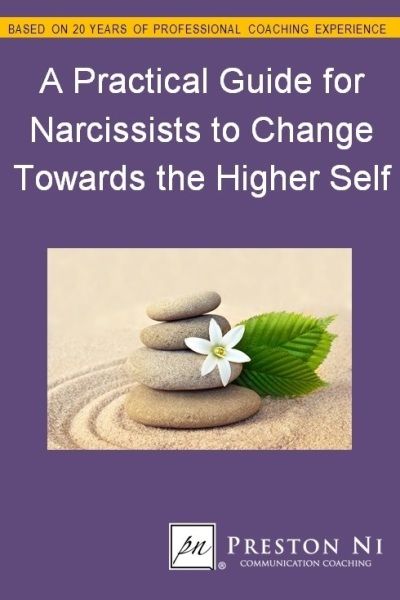 In addition, there is a theory that the prevalence of NPD increases during unfavorable periods of history. One way or another, none of the narcissists is to blame for getting sick, even if they behave like a sadist. Although this, of course, does not mean that you can allow him to torture himself.
In addition, there is a theory that the prevalence of NPD increases during unfavorable periods of history. One way or another, none of the narcissists is to blame for getting sick, even if they behave like a sadist. Although this, of course, does not mean that you can allow him to torture himself.
As with any painful relationship, it is better to leave this relationship with the support of a psychologist, and even better, a psychotherapist. There is absolutely no shame in asking for help: after all, we do not hesitate to show our injured ankle to the surgeon instead of applying psyllium leaves to it for weeks. Talking with a specialist will help you get over the pain of humiliation and loss, start putting everything in its place, understand what exactly happened, and find ways to cope with it.
The only way to escape moral abuse from a perverted narcissist is to stop communicating with him.
An intermediate option: to leave the narcissist in place and improve yourself, unfortunately, does not exist.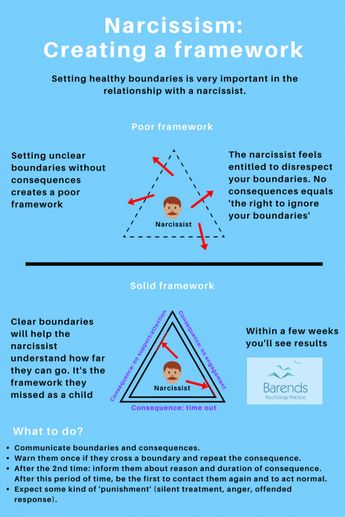 Narcissistic personality disorder today is very difficult to correct, not to mention the fact that in its "perverted" version it is also rarely recognized as a disorder. A perverse narcissist, who can be called a pathological manipulator, would rather make an attempt to "manage" his doctor than want to change anything.
Narcissistic personality disorder today is very difficult to correct, not to mention the fact that in its "perverted" version it is also rarely recognized as a disorder. A perverse narcissist, who can be called a pathological manipulator, would rather make an attempt to "manage" his doctor than want to change anything.
Romances, friendships and even business relationships with perverse narcissists are usually given to their victims with a lot of blood, so the only way out is to stop them as soon as possible, and even better not to start at all. After all, as in conventional medicine, in the field of mental health, prevention is much cheaper than treatment. Especially considering that in this case you have to pay not with money, but with spiritual well-being and the safety of the individual, which, unlike the body, is not so easy to repair.
Narcissism and narcissistic disorders | Journal of Practical Psychology and Psychoanalysis
Year of publication and journal number:
2008, no. There is probably no area of psychoanalytic literature more copious than that devoted to narcissism : it seemed endless when I dealt with the subject. I will spare you most of this literature, and will only cite what is directly related to my research - however, there is a wide field of work left outside of it. This literature is not only vast, it is full of confusion. There are different patterns of development, which makes any discussion of narcissism difficult - but the confusion is compounded by the fact that the term "narcissism" itself is used in different senses.
There is probably no area of psychoanalytic literature more copious than that devoted to narcissism : it seemed endless when I dealt with the subject. I will spare you most of this literature, and will only cite what is directly related to my research - however, there is a wide field of work left outside of it. This literature is not only vast, it is full of confusion. There are different patterns of development, which makes any discussion of narcissism difficult - but the confusion is compounded by the fact that the term "narcissism" itself is used in different senses.
Therefore, before moving on, I would like to clarify my use of this term. I decided that the word narcissism is used in psychoanalytic literature in three ways. 1) First, it describes narcissism as a phenomenon : an apparent lack of interest in others combined with an obsession with the self. This can be observed in various psychological disorders, as well as in everyday life.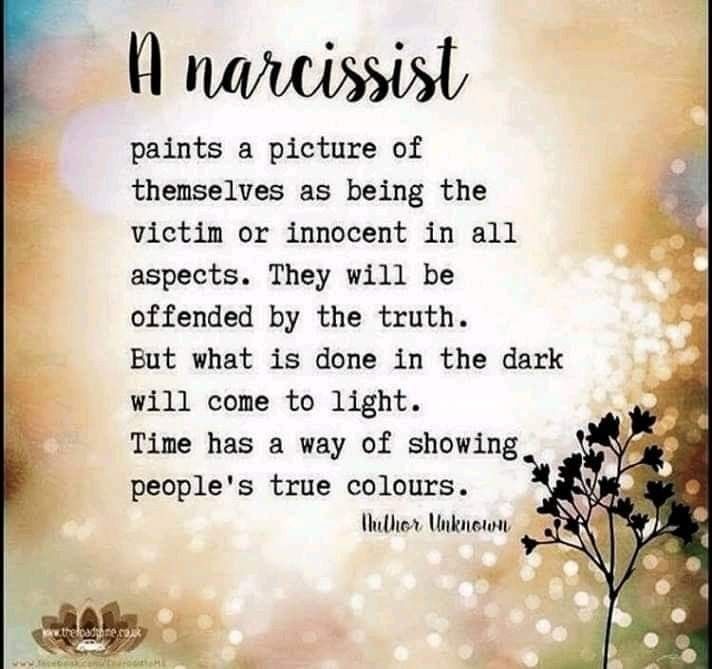 Second, it is used to describe the strength or innate tendency in the personality that prevents relationships outside the self. Thirdly, it is used to refer to a special group of cases of personality dysfunction called narcissistic disorders . In this chapter, I will consider the second and third meanings of the term "narcissism." I will try to answer the following questions: what role does narcissism as a force play in narcissistic disorders, and is there a difference between libidinal and destructive narcissism.
Second, it is used to describe the strength or innate tendency in the personality that prevents relationships outside the self. Thirdly, it is used to refer to a special group of cases of personality dysfunction called narcissistic disorders . In this chapter, I will consider the second and third meanings of the term "narcissism." I will try to answer the following questions: what role does narcissism as a force play in narcissistic disorders, and is there a difference between libidinal and destructive narcissism.
Development of the concept of narcissism
The beginnings of the distinction between libidinal and destructive narcissism can be found in the history of the development of the concept of narcissism. From the very beginning, two themes have been counterpointed in the discourse on clinical narcissism. One is narcissism as a defense against unfavorable object relations ; the other is narcissism as a manifestation of a fundamental hostility to object relations. Even the original myth of Narcissus exists in two versions: one gives a solipsistic presentation, the other a traumatic explanation. In the famous retelling of Ovid, Narcissus pays the price of considering everyone but himself unworthy of his love; but Pausanias found another version known, in which Narcissus lost his twin sister and mistook his reflection in the pond for this lost sister.
Even the original myth of Narcissus exists in two versions: one gives a solipsistic presentation, the other a traumatic explanation. In the famous retelling of Ovid, Narcissus pays the price of considering everyone but himself unworthy of his love; but Pausanias found another version known, in which Narcissus lost his twin sister and mistook his reflection in the pond for this lost sister.
A useful but inaccurate generalization can be made that Freud's train of thought leads us to the concept of libidinal narcissism, while Abraham's ideas, which actually preceded Freud's, lead to the concept of destructive narcissism. Freud made it clear that he sees secondary narcissism as a means of maintaining or restoring love when object love seems impossible, while Abraham emphasized hostility to transference objects in narcissistic disorders. Freud described self-love as a substitute for mother-love in narcissistic characters; Abraham, on the other hand, believed that envy promotes narcissism and delays object love.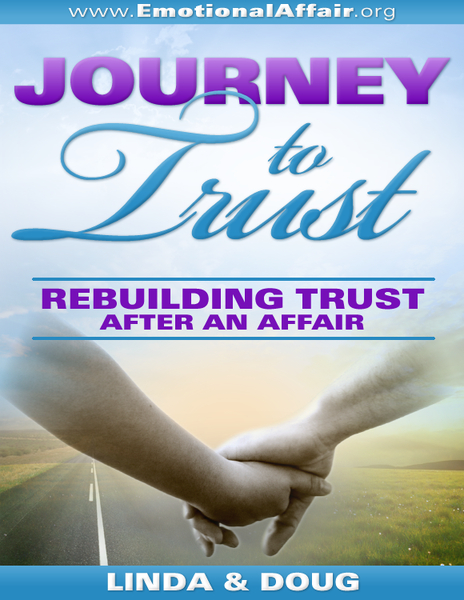
From the beginning, Abraham associated self-absorption with "negativism." "The negativism of dementia praecox (schizophrenia) is the exact opposite of transference," he wrote in the first psychoanalytic paper on the subject (Abraham, 1908, p. 71). Abraham noted this for the first time in a letter to Freud, with whom he was yet to meet in person. Abraham suggested that, in contrast to hysteria, "dementia praecox destroys a person's capacity for sexual transference, that is, for object love" (Abraham, 1908, p. 69). The term "narcissism" was not yet in use at the time, and Abraham was talking about autoeroticism. He believed that the schizophrenic turns away from all love objects, instead reverting to autoeroticism. Freud was certainly impressed and convinced of the validity of Abraham's theory.
Freud adopted and developed the term narcissism from Paul Nacke and Havelock Ellis, who used it to describe a person who treats his body as a sexual object. Freud's own development of the concept of narcissism began with a footnote he added in 1910th year to Three Essays on the Theory of Sexuality (Freud, 1905d) and describing narcissistic object relations. Speaking about male homosexuals, Freud wrote:
Speaking about male homosexuals, Freud wrote:
"in early childhood [they] experienced a short but very intense fixation on a woman (usually their mother), after overcoming which they identify themselves with a woman and choose themselves in as your sexual object. That is, out of narcissism, they are looking for young men similar to themselves, whom they could love as their mother loved them" (Freud, 1905d, pp. 144–145 fn.).
In the article "On Narcissism", dated 1914 (1914c), Freud further develops the thought of this striving for the ideal of mother-child love. Usually falling in love, in his opinion, drains the ego in favor of the object whose mutual love is the only remedy for this hemorrhagic libido. Those unfortunates whose love is unrequited lose not only the love of another, but also self-love, and therefore suffer from pain and loss of self-respect. However, secondary narcissism, according to Freud, arises only when there is some obstacle to the realization of object love according to internal reasons .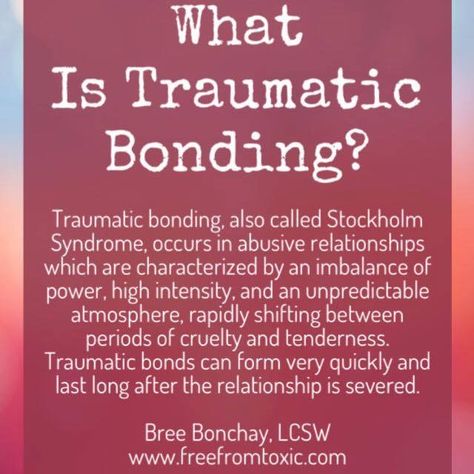 He wrote:
He wrote:
“the satisfaction of love is impossible, and the enrichment of the ego can again be secured only by withdrawing the libido from objects. The return of the object libido to the ego and its transformation into narcissism represents, as it were, happy love again; on the other hand, it is also true that true happy love corresponds to a primordial state in which object libido and ego libido are indistinguishable” (Freud, 1914c, pp. 99–100).
Suddenly, in this last sentence, Freud makes it clear to us that the accomplished libidinal narcissist is in love with himself in the same way that someone can be "in love" with another person. But is it really another person if "happy love corresponds to the original state in which object libido and ego-libido are indistinguishable"? Here Freud suggests that this "original" - "happy love" - is essentially narcissistic object love, whether it unfolds with another person in the external world or turns out to be a love affair with the self in the internal world. In both situations, whether the object is external or internal, a positive attitude is conditioned by the elimination of difference.
In both situations, whether the object is external or internal, a positive attitude is conditioned by the elimination of difference.
If this is true, the "narcissistic state" is not just a withdrawal from external objects to an internal object. This is a special type of internal object relation in which the separate existence and proper qualities of the internal object are denied and an internal narcissistic relation is created through projective identification. This sounds like a description of the ideal relationship between the self and the ego-ideal, replacing the relationship between the ego and the super-ego: twin inner souls united by a narcissistic love that may make the ego's need for the super-ego love that Freud considered redundant a necessary condition for life. Isn't the narcissistic state an escape from the superego? Do narcissistic object relations serve as an alternative to the superego's desire for love? And in this case, is it not fear of a hostile Super-Ego or envy of a powerful, impeccable Super-Ego that prompts them? I was convinced of the validity of this assumption by a number of cases, one of which I will describe later in this chapter.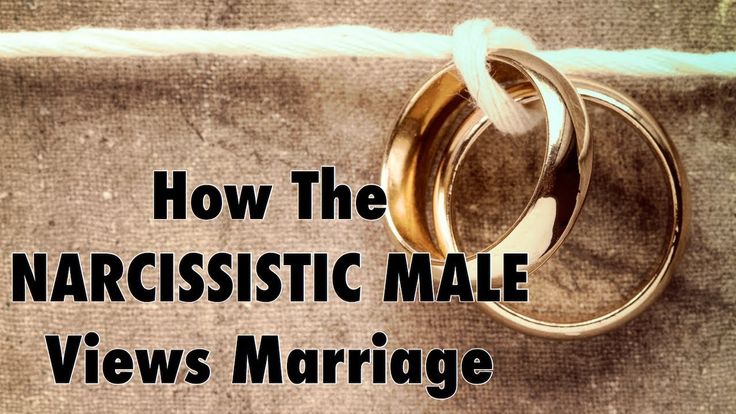
Following Abraham's discussion of narcissism, we find ourselves exploring a topic that will reach its logical conclusion in Rosenfeld's concept of destructive narcissism. In his 1908 paper, Abraham relates the shift from object love to autoeroticism in dementia praecox to the negativism of the patients. In a further approach to the subject, he suggests that the excessive self-esteem of some patients is accompanied by contempt and hostility towards their love objects. In his article on premature ejaculation (Abraham, 1917) Abraham describes narcissism as a source of sexual resistance : “Their object love is very imperfect. Their true love object is themselves. In accordance with Freud's opinion, we find /.../ a particularly high and abnormally emotional evaluation of the penis. Abraham goes further and connects this phallic narcissism with a hostile contempt for women: “he takes revenge on every woman for the disappointments of love that his mother subjected him to in childhood” (ibid.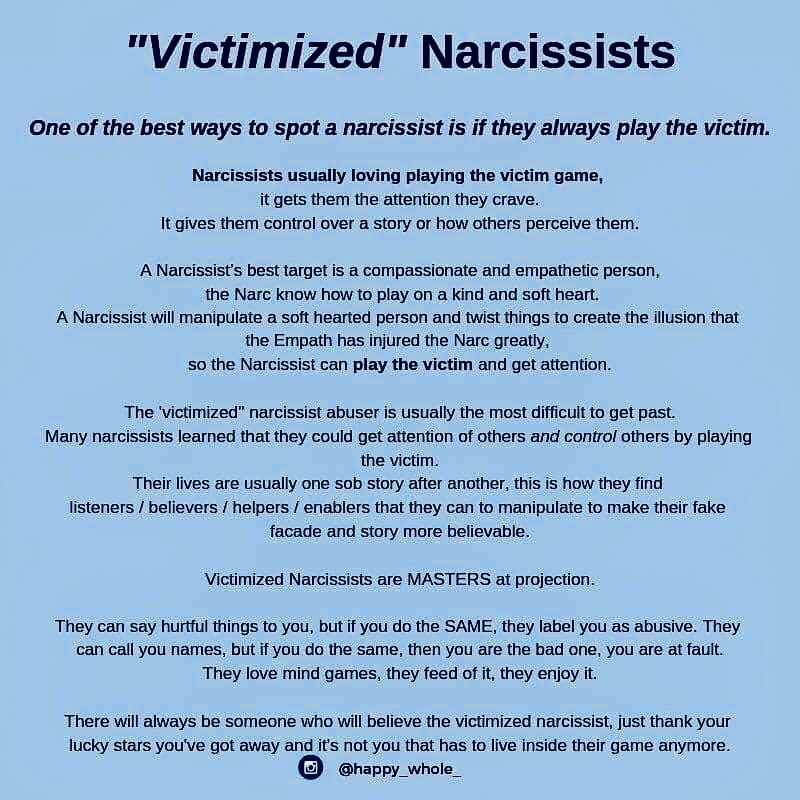 , p. 297). In his work on the psychogenesis of melancholia, he describes clinical narcissism , existing in both positive and negative forms: positive when it is manifested as self-admiration, and negative when it manifests itself as self-denigration (Abraham, 1924).
, p. 297). In his work on the psychogenesis of melancholia, he describes clinical narcissism , existing in both positive and negative forms: positive when it is manifested as self-admiration, and negative when it manifests itself as self-denigration (Abraham, 1924).
Two years after he described phallic narcissism, Abraham writes the first paper describing narcissistic disorder as a concept that has psychoanalytic meaning and is supported by clinical practice (Abraham, 1919). In this article, he discusses a small group of patients who are unable to comply with the rules of the psychoanalytic method, although they seem to succeed, and notes that "among my patients, these were those in whom narcissism was most pronounced" (Abraham, 1919, pp. 304–305).
This 1919 paper by Abraham was the starting point for Rosenfeld's first major paper on narcissistic disorders (Rosenfeld, 1964). She also influenced two important papers, published in 1936, linking Abraham's description of narcissistic character disorder with negative therapeutic reactions. One of them belonged to Joan Riviere and the other to Karen Horney. Article by Riviere (Riviere, 1936) brings Klein's new theory of the depressive position and manic defense to the previous understanding of negative reactions in analysis, and adds to it the author's concept of "defensive organizations". Horney (1936) emphasizes the compulsive rivalry of such patients with the analyst, as well as their demand for unconditional love. This love is necessary for them to withstand a double anxiety: the anxiety associated with the awareness and expression of their own hostility, and the anxiety associated with retribution from outside.
One of them belonged to Joan Riviere and the other to Karen Horney. Article by Riviere (Riviere, 1936) brings Klein's new theory of the depressive position and manic defense to the previous understanding of negative reactions in analysis, and adds to it the author's concept of "defensive organizations". Horney (1936) emphasizes the compulsive rivalry of such patients with the analyst, as well as their demand for unconditional love. This love is necessary for them to withstand a double anxiety: the anxiety associated with the awareness and expression of their own hostility, and the anxiety associated with retribution from outside.
Rosenfeld took up and developed Horney's description of the patient's response to the work of the analyst and Riviere's (1936) concept of defense organizations. He developed his own theory of "narcissistic organization" in the personality, which is opposed to true object relations and achieves patient loyalty through seduction, control and tyranny.
Rosenfeld thought it important to distinguish between narcissistic states in which the libidinal aspects predominate and those in which the destructive aspects of narcissism predominate. Although in the first, libidinal case, when the narcissistic belief system is damaged, envy, resentment and revenge do flare up, analysis improves understanding and reduces negativism. However, in predominantly destructive narcissism, envy is more powerful and less acknowledged, and there is an overwhelming desire to destroy the analyst or the self. In this destructive case, as Rosenfeld notes, "death is idealized as the solution to all problems" (Rosenfeld, 1987, pp. 106-107).
Although in the first, libidinal case, when the narcissistic belief system is damaged, envy, resentment and revenge do flare up, analysis improves understanding and reduces negativism. However, in predominantly destructive narcissism, envy is more powerful and less acknowledged, and there is an overwhelming desire to destroy the analyst or the self. In this destructive case, as Rosenfeld notes, "death is idealized as the solution to all problems" (Rosenfeld, 1987, pp. 106-107).
Hanna Segal notes that she disagrees with Rosenfeld on the distinction between destructive and libidinal narcissism: in her opinion, there is only destructive narcissism. However, she limits the scope of the term narcissism to a force in narcissistic organizations that is fundamentally hostile to object relations: “Under narcissism, life-giving relationships and healthy self-love are equally attacked,” she writes. “Envy and narcissism are like two sides of the same coin” (Segal, 1997, pp. 75, 85). Self-love - and, by implication, Freud's description of the "happy love" of narcissistic relationships - Segal categorizes life instincts, which he considers to be object-love-based rather than narcissistic. As part of her definition of narcissism as a force directed against object relations in the individual, I completely agree with Segal. But if we talk about narcissistic disorders - I believe that they include a whole range of phenomena - both destructive, and libidinal, and protective.
As part of her definition of narcissism as a force directed against object relations in the individual, I completely agree with Segal. But if we talk about narcissistic disorders - I believe that they include a whole range of phenomena - both destructive, and libidinal, and protective.
John Steiner embraces them with his broader concept of "pathological organizations": in his view, the defenses in them are combined with destructive and libidinal narcissistic forces (Steiner, 1987). Realizing that narcissistic systems are inevitably driven by mixed motives, he does not consider it necessary to separate them (personal communication with J. Steiner). Nevertheless, in my opinion, whatever the set of motives may be and however varied, at any given moment the main motive is either libidinal/protective or hostile/destructive. The formation of narcissistic object relations may be motivated by the desire to retain the capacity for love, giving the object of love a semblance of self, or it may be aimed at the annihilation of the object as a representative of otherness.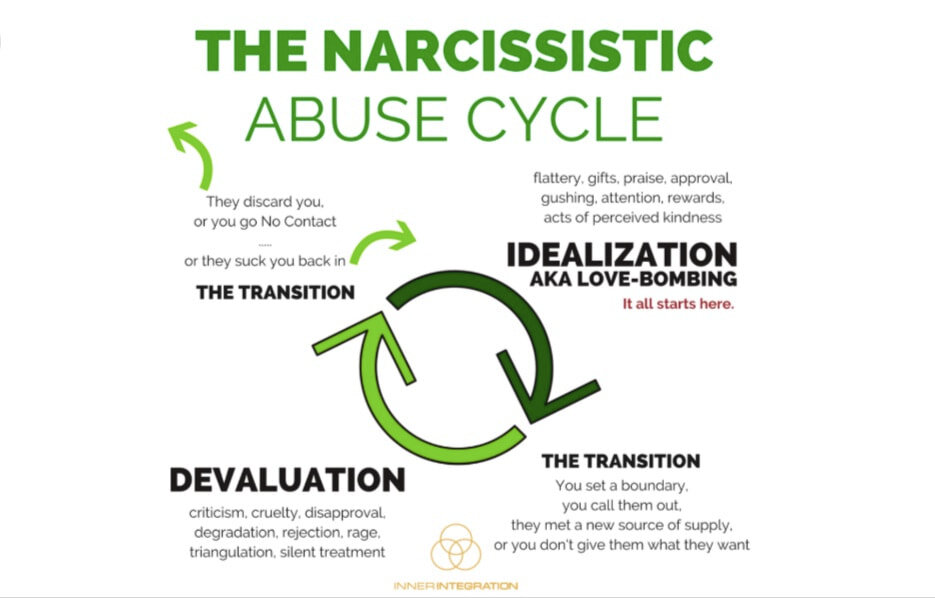 Aggression can be generated either by predominantly defensive or predominantly destructive narcissism. But there is a difference between the struggle to retain love and the unbridled violence of hostility towards objects. In the public sphere, war may be defensive, and patriotic aggression may be love misdirected, but genocide is never: it is caused by the xenocidal impulse to annihilate otherness.
Aggression can be generated either by predominantly defensive or predominantly destructive narcissism. But there is a difference between the struggle to retain love and the unbridled violence of hostility towards objects. In the public sphere, war may be defensive, and patriotic aggression may be love misdirected, but genocide is never: it is caused by the xenocidal impulse to annihilate otherness.
To illustrate my understanding of this distinction, I will briefly describe two patients. The first I would call suffering from a predominantly destructive narcissistic disorder, the second from a predominantly libidinal narcissistic disorder. What they have in common is the generation through projective identification of a narcissistic relationship with the Ego-ideal in order to avoid a relationship with the destructive, parental Super-Ego. Moreover, in the first case, destructiveness is translated into a relationship between twins, which then becomes a deadly alliance; on the other hand, in the second case, destructiveness becomes a mental refuge, where the original “happy love” is sought in mutual understanding.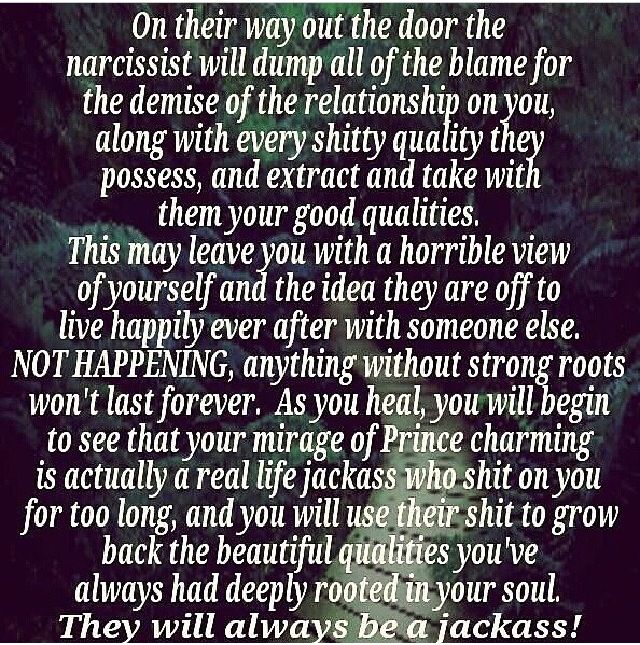
Mrs. L.: twin self vs. old woman
I would like to give a short example from the supervision analysis of Mrs. L., a narcissistic patient. Dr. A was particularly eager for this supervision, for although the analysis had just begun, she already felt considerable difficulty. Dr. A. is a conscientious and skillful analyst with experience in analyzing disturbed and difficult patients; she could not understand her inability to establish and maintain an analytic setting with this patient.
Dr. A described a series of uncharacteristic blunders that led her to confess to a patient something she had not intended to confess, which she immediately regretted. Therefore, she felt that the analysis was out of her control. Mrs. L., an attractive young woman, came to the analyst after the upsetting end of her relationship with a certain man. She also had teenage disorders and episodes of anorexia in her history. She left the city where she lived with her ex-man and returned to another, where her rich father lived with his second wife and where she was to undergo analysis. Everything was agreed, but when the workers came on the day of her departure to arrange the move, she refused their services and missed her plane.
Everything was agreed, but when the workers came on the day of her departure to arrange the move, she refused their services and missed her plane.
Arriving at her new home and arranging the start of the analysis, she missed the first session. She called and explained that she had lost the analyst's office number. Dr. A, feeling the need to establish her analytic stance and method of work from the outset, "firmly decided" to discuss the issue of paying for the missed session. An alarming signal for the analyst was the inexplicable loss of "firm determination" and some other points. When Mrs. L., who was due to pay by check at the end of the month for her missed session, did not do so, Dr. A., to her annoyance, was unable to draw attention to it. Following this session, the patient, very wealthy by any measure, called Dr. A. to say that she could not continue the analysis because she could not afford it. Dr. A suggested that the patient come to the next session on time and they could discuss the matter. The patient agreed, and then in the session, Dr. A., to her horror and despair, found herself drawn into further fruitless conversation with the patient. For the next session, the patient arrived twenty minutes early, which caused some confusion in the process.
The patient agreed, and then in the session, Dr. A., to her horror and despair, found herself drawn into further fruitless conversation with the patient. For the next session, the patient arrived twenty minutes early, which caused some confusion in the process.
During this session, Mrs. L. lay restlessly on the couch, constantly crawling and getting up several times for sweets and napkins. What disturbed the analyst the most, however, was her own behavior. In this session, she surprised herself by agreeing to reduce the payment for this patient. The feeling that her countertransference was out of control was further heightened when, instead of considering the problem in self-analysis in preparation for the next session, she inadvertently prolonged the current session - which rarely happened to her. However, it was in this session that the patient reported a dream that shed some light on these events.
“I had a very strange dream,” said Mrs. L. - I was in a house - this strange house - in every series of dreams I have recurring dreams about a new house.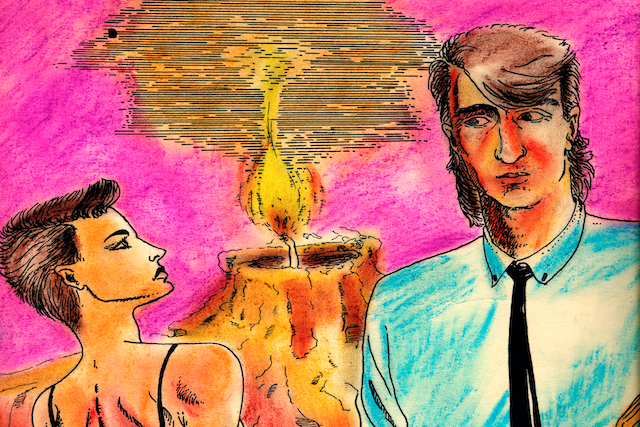 This one was new - but the sensory experience tells me I was here a hundred years ago. Next to me is another person who was my lover - or sister - or brother, not sure what gender this person was. I was neither a man nor a woman - or was both a man and a woman. I was protecting this other person - we lived with an old lady - we conspired to kill her. It somehow involved ladders and something written, something like a letter. Apparently, we gave her the letter without her seeing it, which led to her death. For our own sake, we had to do it. But six or seven years later we were arrested. I know it was me in the dream - usually I don't lie (she lies all the time, the analyst added) - I remember thinking this is the first time - they won't expose me, they won't find out that we committed murder. If she, the old woman, knew, she would take revenge. She was a kind of vicious old woman - a destructive force. It was not a malice killing, but a matter of life and death for me. The reason was this internal struggle.
This one was new - but the sensory experience tells me I was here a hundred years ago. Next to me is another person who was my lover - or sister - or brother, not sure what gender this person was. I was neither a man nor a woman - or was both a man and a woman. I was protecting this other person - we lived with an old lady - we conspired to kill her. It somehow involved ladders and something written, something like a letter. Apparently, we gave her the letter without her seeing it, which led to her death. For our own sake, we had to do it. But six or seven years later we were arrested. I know it was me in the dream - usually I don't lie (she lies all the time, the analyst added) - I remember thinking this is the first time - they won't expose me, they won't find out that we committed murder. If she, the old woman, knew, she would take revenge. She was a kind of vicious old woman - a destructive force. It was not a malice killing, but a matter of life and death for me. The reason was this internal struggle. I felt in my mouth such a taste as from a huge piece of chewing gum - it was cannibalism - like chewing tasteless meat.
I felt in my mouth such a taste as from a huge piece of chewing gum - it was cannibalism - like chewing tasteless meat.
“When I woke up this morning, I felt sick,” the patient continued. “Finally I threw up.” The patient herself recognized the vicious old woman as her mother.
Undoubtedly, there is much condensed in this dream, and it is tempting to explore topics such as cannibalism and oral sadism. But I think the best way to use this dream is to explain what was really going on in the analysis and what light it might shed on the problem of repeated enactments. I suggested that Dr. A. is represented in the dream by and as "twin soul/lover", and as an evil old woman - then the last events make sense. Dr. A's unconscious countertransference identification with the patient is represented in the dream by the patient's "twin soul". Then the plot of the twin souls to kill the "evil old lady" can be seen as an unconscious conspiracy between the patient and the analyst to destroy Dr.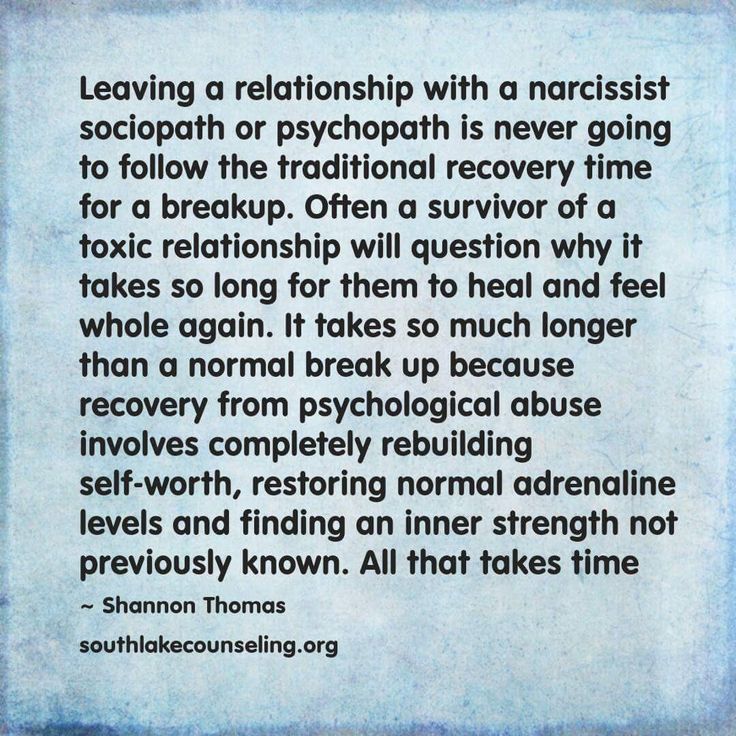 A's professional self. under the threat of being fed poisoned meat through the mysterious practices of psychoanalysis.
A's professional self. under the threat of being fed poisoned meat through the mysterious practices of psychoanalysis.
The analyst regained her habitual analytic position and lost it only from time to time when the patient dramatically introduced some unexpected complications into the analysis. A stereotypical pattern emerged in which negative therapeutic responses followed forward movement. As the analysis progressed, the full extent of the patient's impairment became more apparent. She had problems with drugs, and episodes of bulimia and vomiting had been repeated for a long time. The unfolding history and transference of the patient indicated that she was bisexual. In particular, there were periods of oscillation between homosexual erotic transference and negative, paranoid transference.
I would like to emphasize my point - that the narcissistic object relationship developed by this patient, the "soul-twin" relationship, was a conspiracy formed to counter the deadly super-ego represented by the "old woman". However, the destructiveness turned into a narcissistic relationship. The purpose of the libidinal connection, expressed in erotic transference, was to create an alliance whose goal was murder. A dream that the patient had a year and a half after the events described shed more light on this complex narcissistic organization.
However, the destructiveness turned into a narcissistic relationship. The purpose of the libidinal connection, expressed in erotic transference, was to create an alliance whose goal was murder. A dream that the patient had a year and a half after the events described shed more light on this complex narcissistic organization.
Ms. L. is spoon-feeding her baby - her mother is in the room - Ms. L. is not sure whose baby it is. During feeding, the spoon becomes a fork, which tears off pieces of skin from the baby's lips, and he then ate these pieces. The patient turns to her mother for help. The mother says: “do it like this,” and tears off a larger piece from the child’s mouth, while saying: “this is what he eats.”
Ms. L. objects that there must be another way for the child not to eat itself. The lips of the child are very red and tightly clenched, in appearance they resemble the genitals. Then the patient realizes that this is not her mother, but X, her former lover, and they are not feeding the child, but having sex.
"In real life," the patient noted, "I had a homosexual sexual relationship with X." “X,” she continued, “had a perfect body, I adored him. When I say “perfect”, this is what I mean: my father, in my opinion, would like a woman to have such a body.”
“We were together in college,” added Ms. L. “It reminded me that at that time I often had one masturbatory fantasy: of watching a man in boots with steel-studded socks kicking in the genitals woman until her clitoris falls off.
"When I was little, I thought that a woman gets pregnant because she swallows something big and round."
“Food comes in good and comes out crap. I had another dream, she said, in which shit covered everything, nothing was visible behind the shit; it was impossible to get anywhere, everything was covered in shit.”
What goes in can be good, but when it comes out again, it's crap covering everything around. A better description of how the analyst experienced the sessions I cannot imagine. Again and again I see here a model in which the session begins clearly and clearly, which leads to straightforward interpretations and a positive response from the patient. Then all this is lost in the confusion of confusing and confused information from the patient.
Again and again I see here a model in which the session begins clearly and clearly, which leads to straightforward interpretations and a positive response from the patient. Then all this is lost in the confusion of confusing and confused information from the patient.
This analysis and the dream have many aspects. But for now I would like to focus on the patient's sexual relationship with her ideal Ego, represented by X, which was constructed from the patient's own Ego-ideal—that is, a woman with exactly the body her father would have wanted. Thus X usurps the place of the mother in the primal scene, and the patient takes the place of the father with X. Thus the idyllic, illusory, narcissistically based homosexual primal scene is built and played out. However, this is due to a sadistic masturbatory fantasy of intercourse resurfacing, which is similar to the scene of feeding a child in a dream with the same substitution of mutilation for satisfaction. So in this case, the ostensibly defensive withdrawal from the terrifying relationship with the lethal nursing figure into an autoerotic genital fantasy entails the same destructive elements. The cannibal breast-fork that feeds the child itself becomes a steel-studded penis that castrates the female genitals.
The cannibal breast-fork that feeds the child itself becomes a steel-studded penis that castrates the female genitals.
Mrs. D: predominantly libidinal narcissism
My second case is Mrs. D., professor and head of a successful university department, a woman of early middle age. She entered analysis a year after her lengthy course of psychotherapy had been terminated by mutual agreement with her therapist. By the time of this completion, she felt in good shape. Now she came to the analyst because she was afraid, in her words, of "completely breaking down." According to her description, she constantly suffered, being obsessed with a relationship with a young man - a relationship not of sexual, but of intellectual intimacy. She considered her feelings completely irrational and told me that this had happened before to another young man during her previous course of treatment. Both young men were her junior colleagues in her department. Both cases were deployed according to the same scheme. At first, the patient felt that she and her friend had a complete understanding, a spiritual unity. Then, when this mutual understanding could not be maintained, she began to suffer.
At first, the patient felt that she and her friend had a complete understanding, a spiritual unity. Then, when this mutual understanding could not be maintained, she began to suffer.
The patient considered her marriage a happy one; children were central to her life. But as soon as a relationship with a young man arose in her soul, they completely absorbed her attention. She was plagued by fears that the children would no longer appreciate her and what she had given them. Whenever something happened that confirmed this idea, she began to consider herself a bad and worthless person. Love, admiration, respect and approval from her husband, children and friends calmed her, but in no way softened the power of the attitude of young people over her self-esteem.
The configuration that determines obsessive relationships with young people became more understandable. The patient was the only child of parents who lived separately. Her mother suffered from a severe narcissistic disorder, and her father was legendary for his egocentrism and vanity.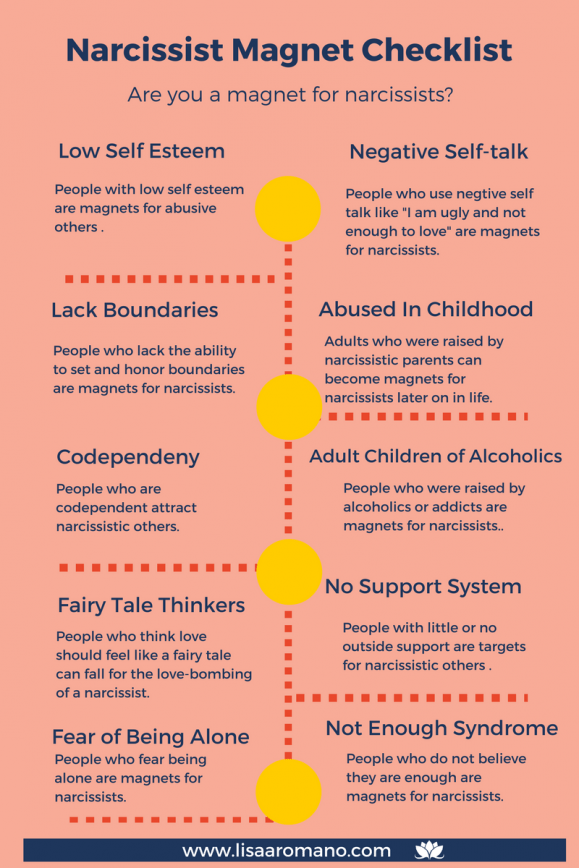 In the course of her analysis, she was taken aback by dreams in which her brother appeared. In these dreams, she was not surprised by the presence of her brother. She had never seen this man before, but she knew it was her brother. As a child, she had an imaginary companion, and as a teenager, she said, she developed a close but platonic friendship with a young man.
In the course of her analysis, she was taken aback by dreams in which her brother appeared. In these dreams, she was not surprised by the presence of her brother. She had never seen this man before, but she knew it was her brother. As a child, she had an imaginary companion, and as a teenager, she said, she developed a close but platonic friendship with a young man.
This deep emotional dependence on young people's perceptions contrasted with her relationships with those she truly depended on, such as her husband. Her relationship with him was mutually warm. However, they were guarded by the limitedness of her expectations regarding understanding from her husband - and thus regarding the painfulness of disappointment and the expression of displeasure. Her transference to me followed the same pattern. Although my understanding obviously benefited her, she did not seek it, but she did not resist it either - she simply avoided expecting it. The analytic transference, like her relationship in marriage, followed the pattern of her relationship with her parents. Relations with them were maintained by Mrs D's severe limitation of expectations and by her search for a kindred spirit somewhere on the side. Turning the expectation of understanding to the parent object, from her point of view, had no chance of success and would lead to the denial of her own subjective existence.
Relations with them were maintained by Mrs D's severe limitation of expectations and by her search for a kindred spirit somewhere on the side. Turning the expectation of understanding to the parent object, from her point of view, had no chance of success and would lead to the denial of her own subjective existence.
The twin soulmate Mrs. D. hoped for in return had an additional aspect - she served as the ideal of her self. The patient believed that the ideal young man should be the primary love object of the ideal mother, the like of whom she did not know. Therefore, in the relationship of twins, the patient could play both roles - to play the ideal mother and through projective identification to experience (for the other) love that she had never received.
***
I believe that both patients had disastrous ego-relationships - but with some difference. In Mrs. L., the first patient, the super-ego figure was a deadly woman; in Mrs. D., this place was usually occupied by the inner parent, which seemed to be a void—not merely an absence, but a negating presence.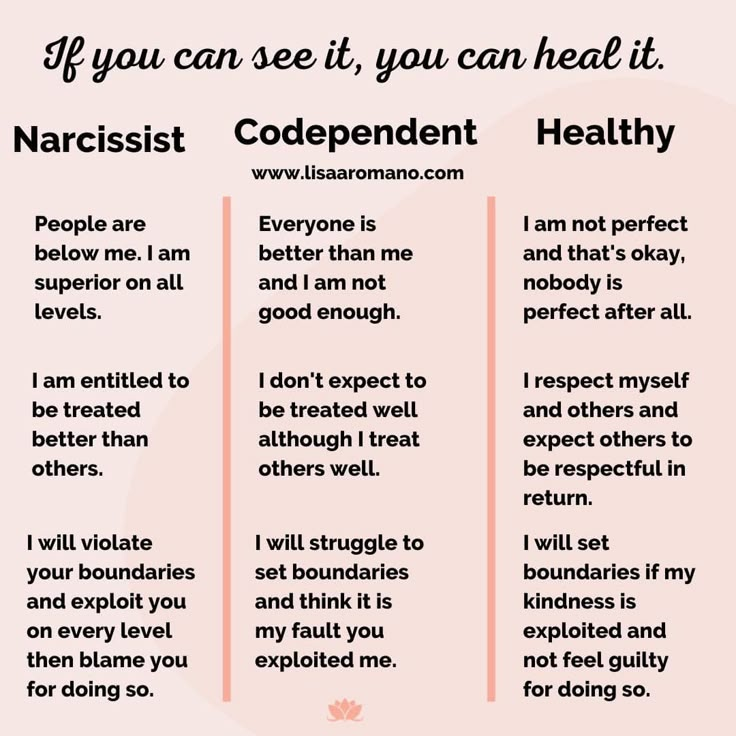 They both shied away from the relationship with the super-ego by forming an attachment to the ego-ideal - which created a narcissistic organization. This was realized externally in relations with an idealized double. In the first patient, a perverse, sadomasochistic relationship arose; in the second, the authority of superego judgments was invested in the narcissistic object, whose approval thus became a matter of life and death. I think that narcissistic object relations in the first case led to something like the infamous Bonnie and Clyde couple, and in the second to something like the Romeo and Juliet couple. Death lurks in both scenarios, but in one the partnership is based on a shared love of murder, and in the other, death is preferred over life without the love of the other.
They both shied away from the relationship with the super-ego by forming an attachment to the ego-ideal - which created a narcissistic organization. This was realized externally in relations with an idealized double. In the first patient, a perverse, sadomasochistic relationship arose; in the second, the authority of superego judgments was invested in the narcissistic object, whose approval thus became a matter of life and death. I think that narcissistic object relations in the first case led to something like the infamous Bonnie and Clyde couple, and in the second to something like the Romeo and Juliet couple. Death lurks in both scenarios, but in one the partnership is based on a shared love of murder, and in the other, death is preferred over life without the love of the other.
The backgrounds of both patients are similar. Both parents divorced; both mothers found it difficult to perform maternal function; both had successful fathers, distinguished by merciless egocentrism.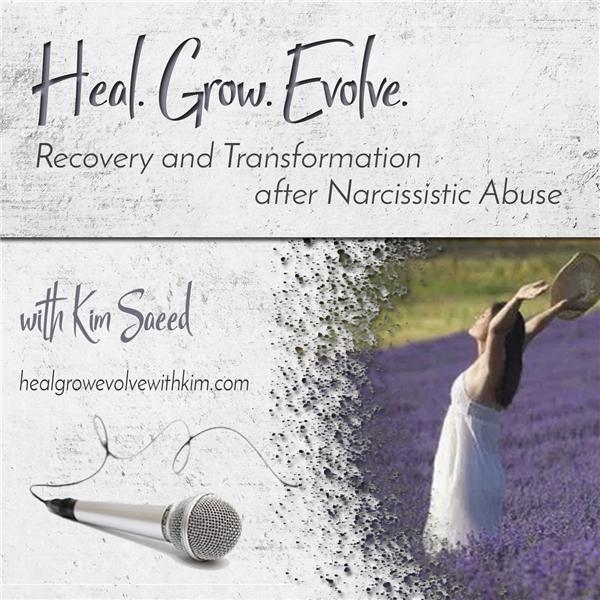 However, these unfavorable parental traits were much more pronounced in the parents of the predominantly libidinal patient, Mrs. D. Her own disturbances were significantly less and less narcissistic than in either of her parents. Mrs. L., who suffered from predominantly destructive narcissistic disorder, was, on the contrary, significantly more severe than either of her parents. In her case, one can note an aggravation of the situation in the next generation, and in the case of Ms. D., on the contrary, an improvement in the situation.
However, these unfavorable parental traits were much more pronounced in the parents of the predominantly libidinal patient, Mrs. D. Her own disturbances were significantly less and less narcissistic than in either of her parents. Mrs. L., who suffered from predominantly destructive narcissistic disorder, was, on the contrary, significantly more severe than either of her parents. In her case, one can note an aggravation of the situation in the next generation, and in the case of Ms. D., on the contrary, an improvement in the situation.
Conclusion
So, I believe that narcissistic disorders arise from the failure of containment in infancy and childhood, which gives rise to an ego-destructive super-ego. A narcissistic organization develops, using narcissistic object relations—internal, external, or both—in order to evade the hostile superego. This may lead to a predominantly libidinal organization or a predominantly destructive narcissistic organization. Further, I believe that libidinal, defensive organization occurs when the main factor in the initial failure of containment is on the side of the parents; and destructive organization - when the main factor is the excessive hostility to objects in the infant.


